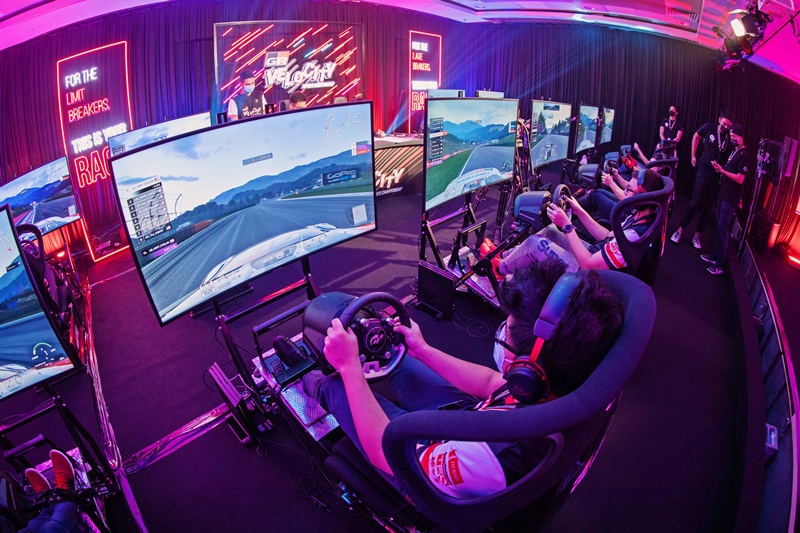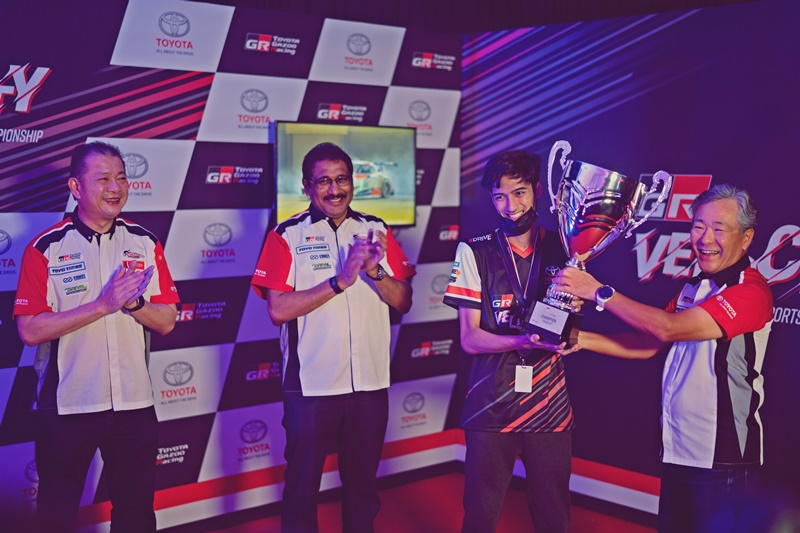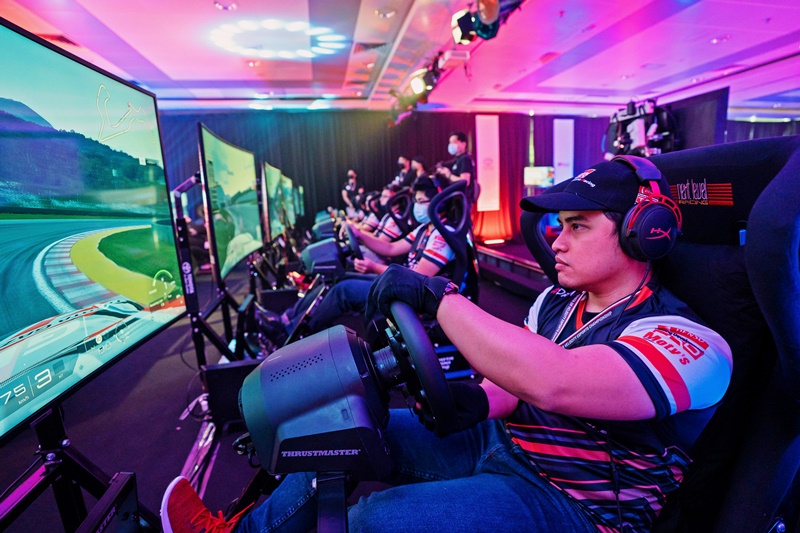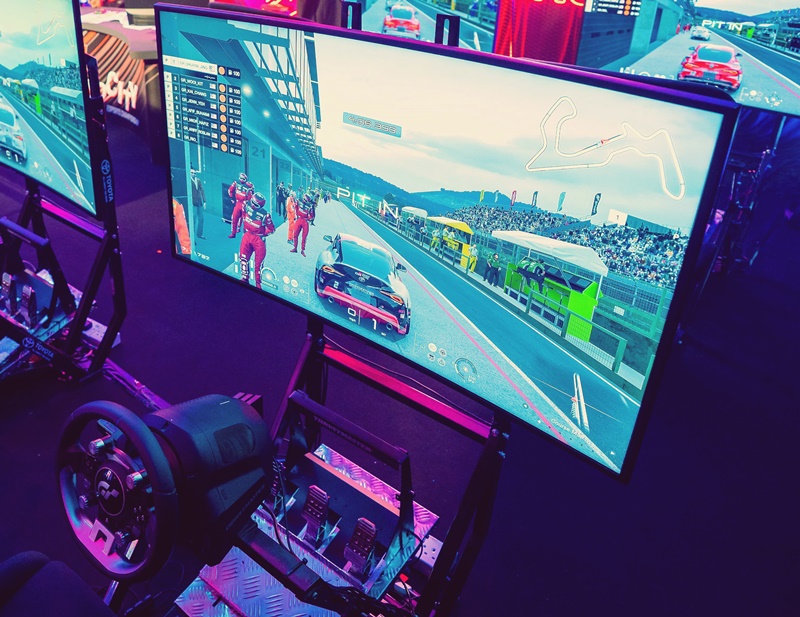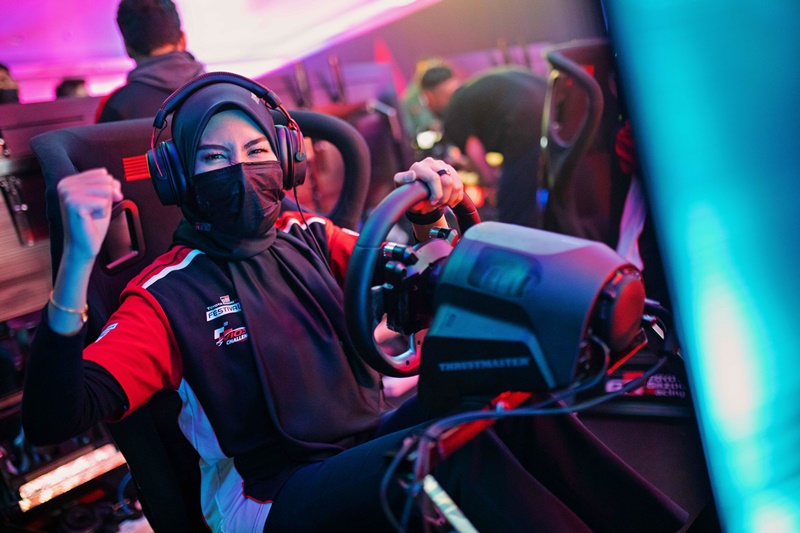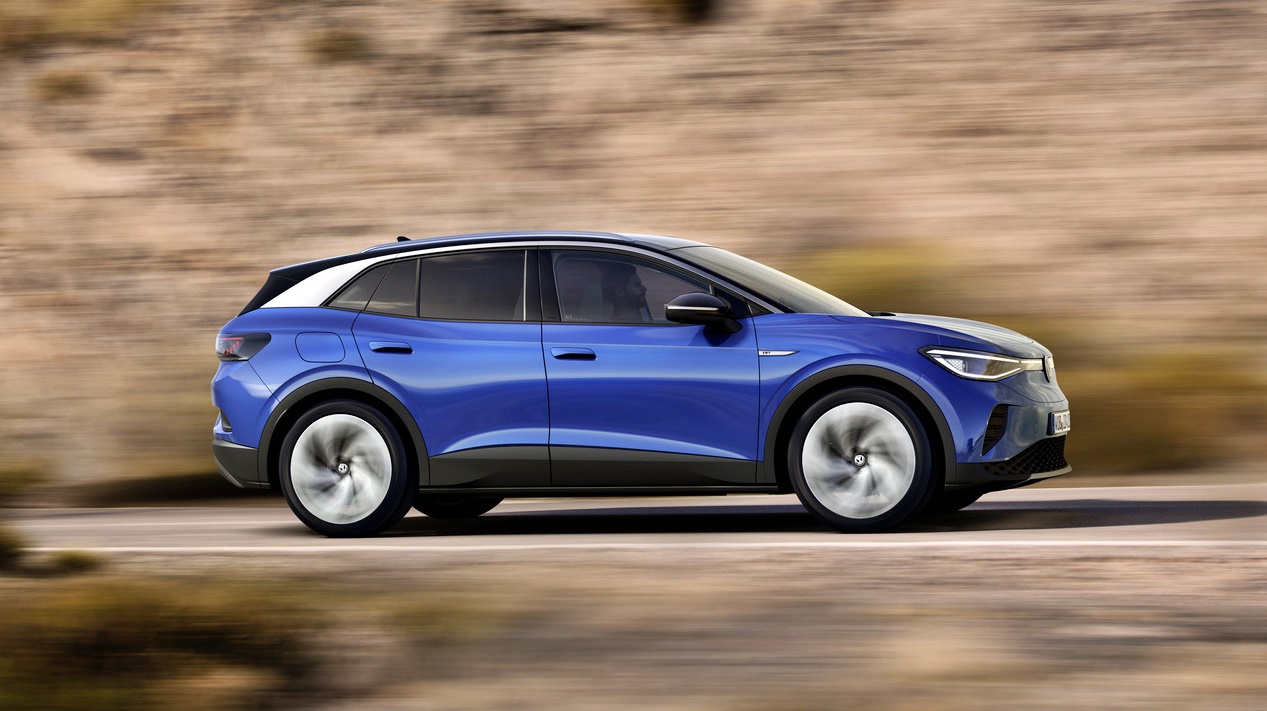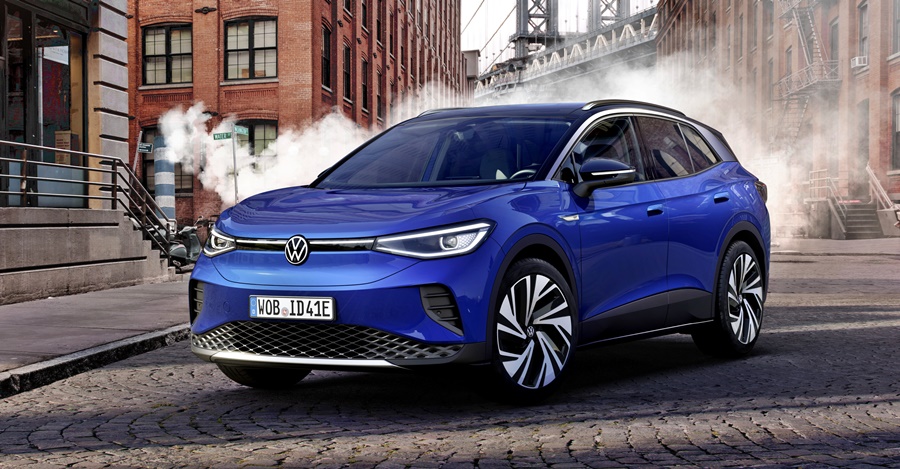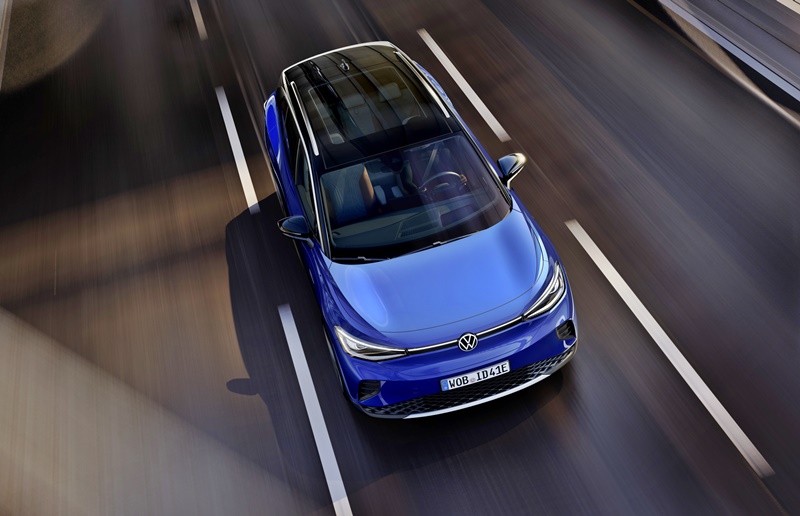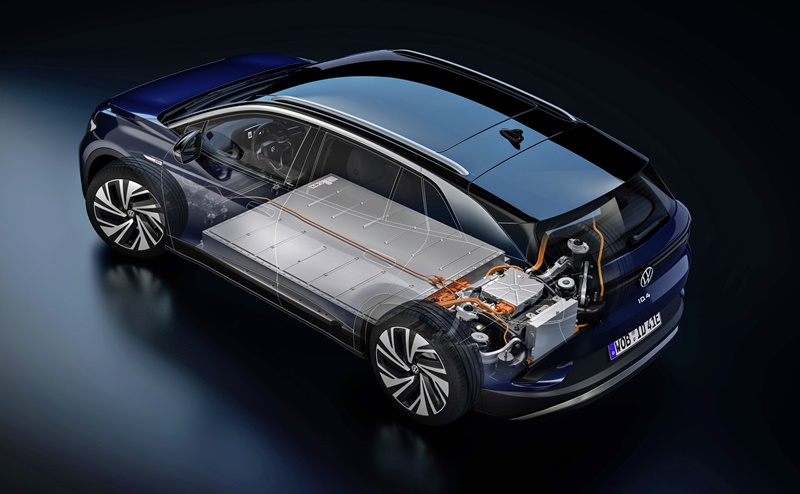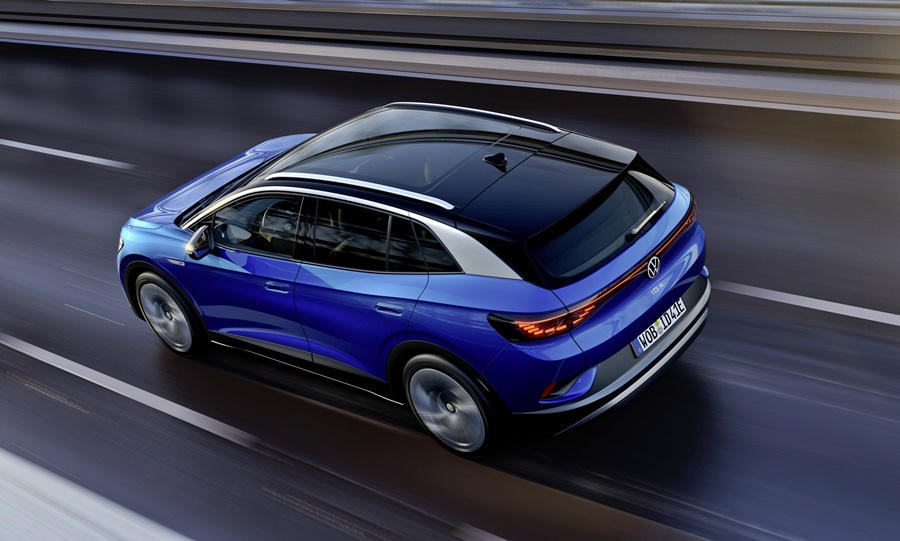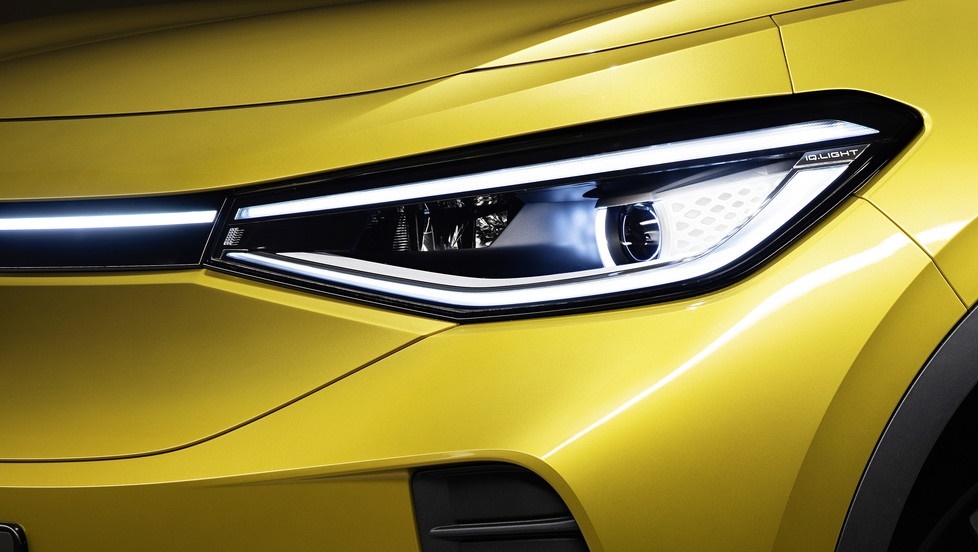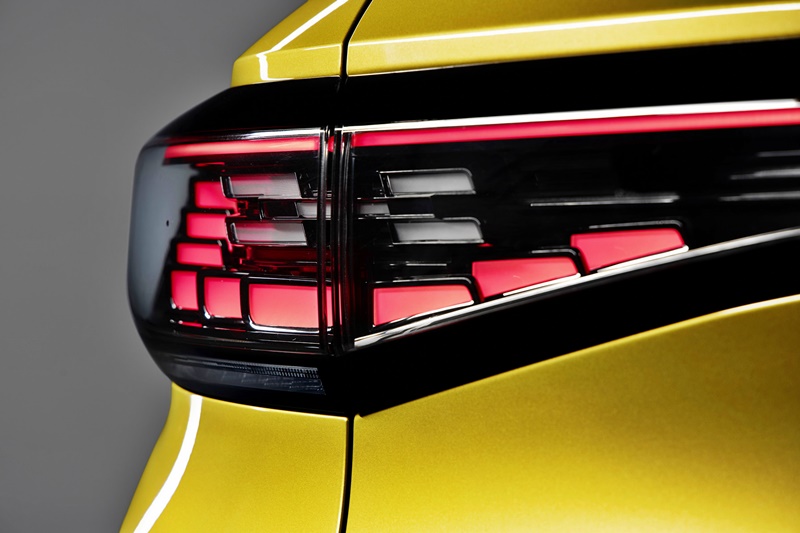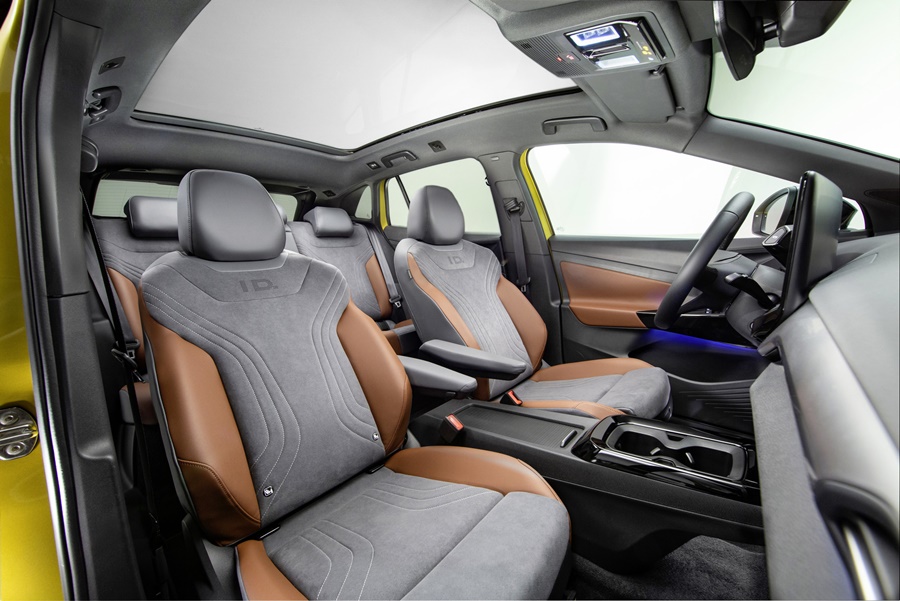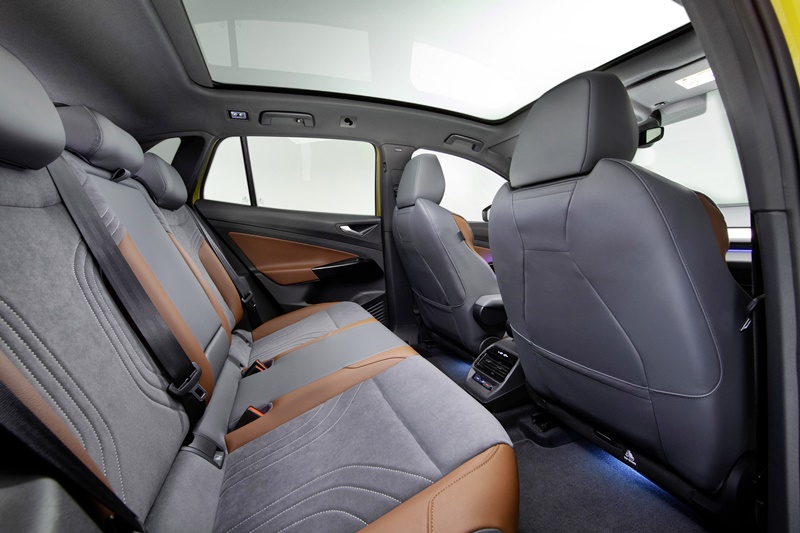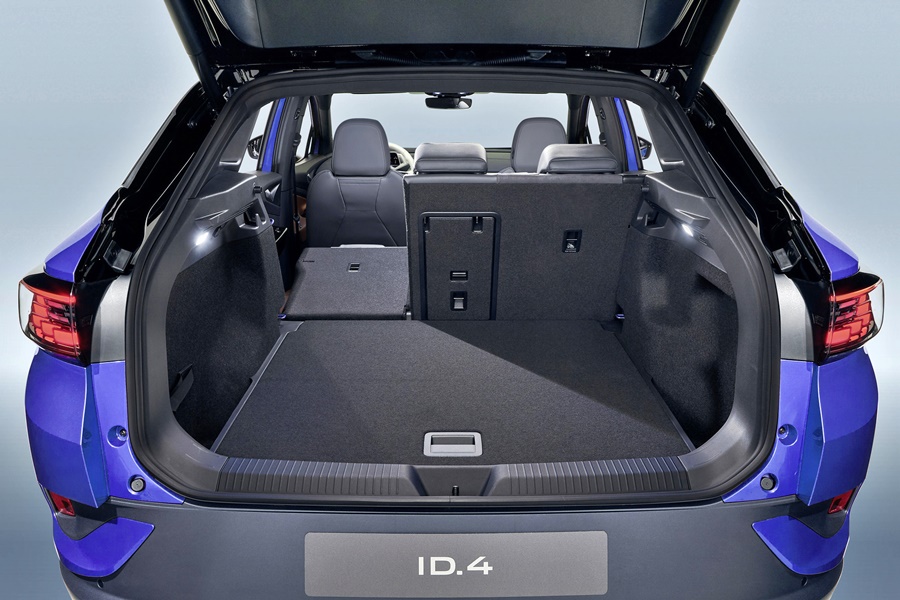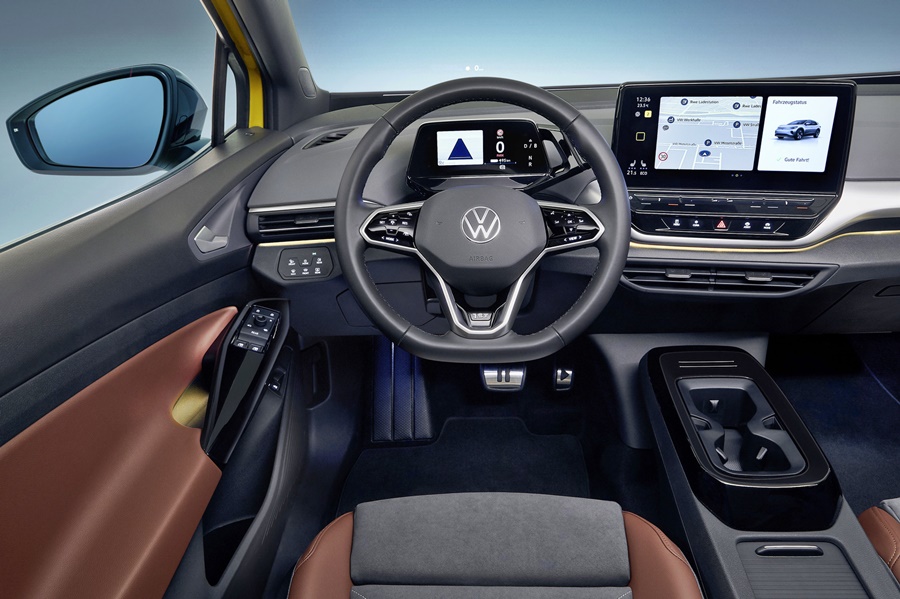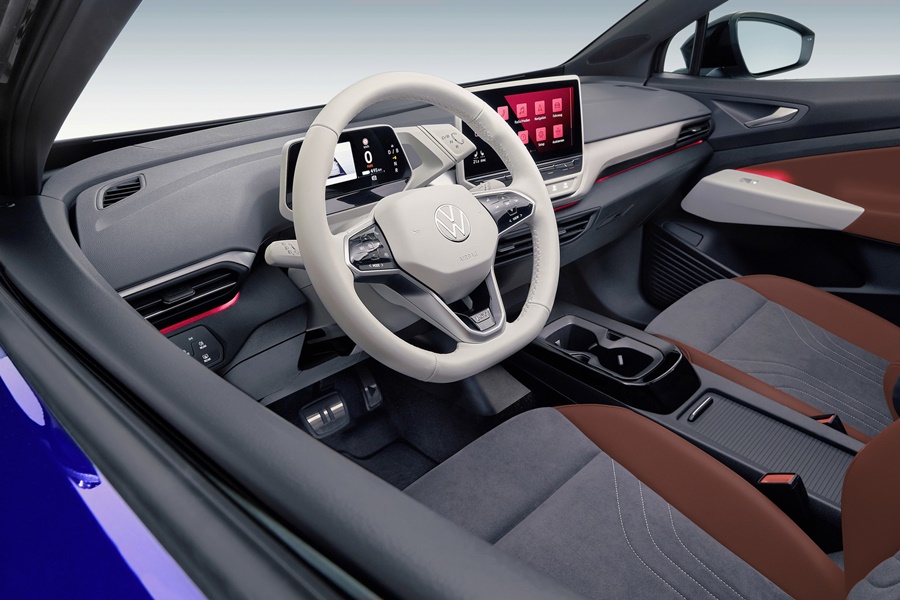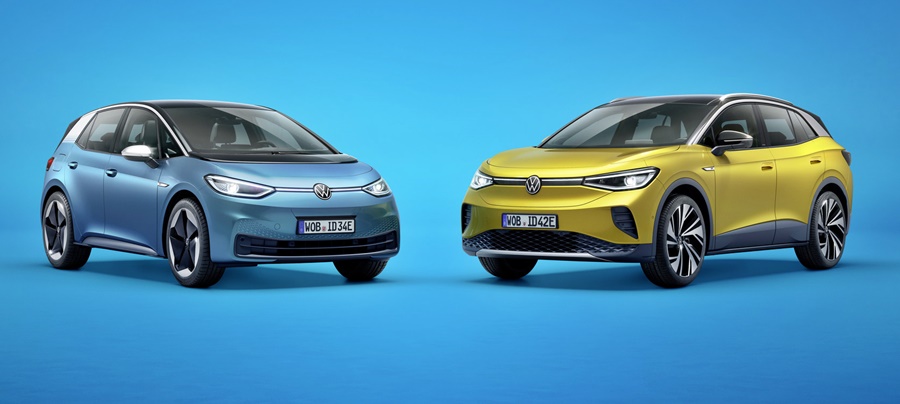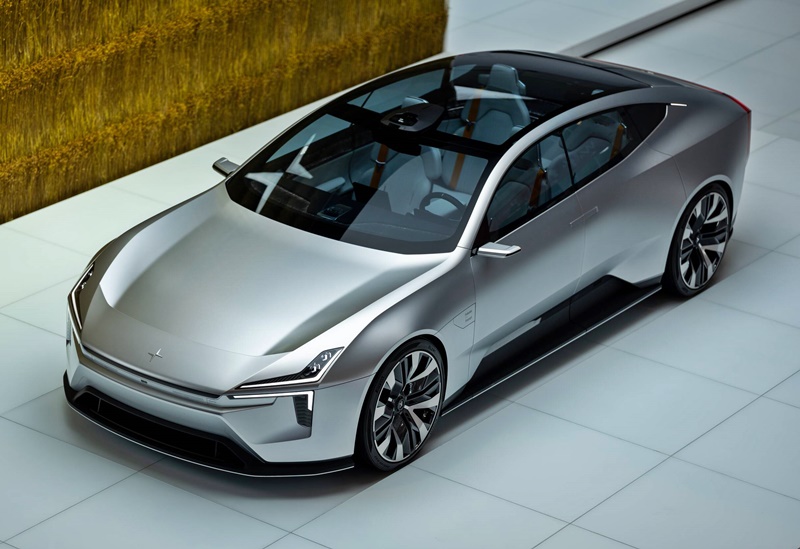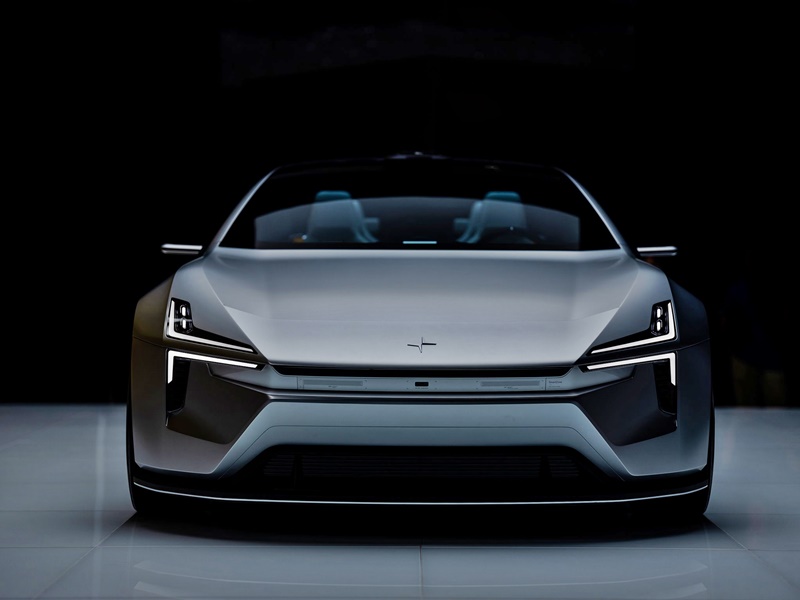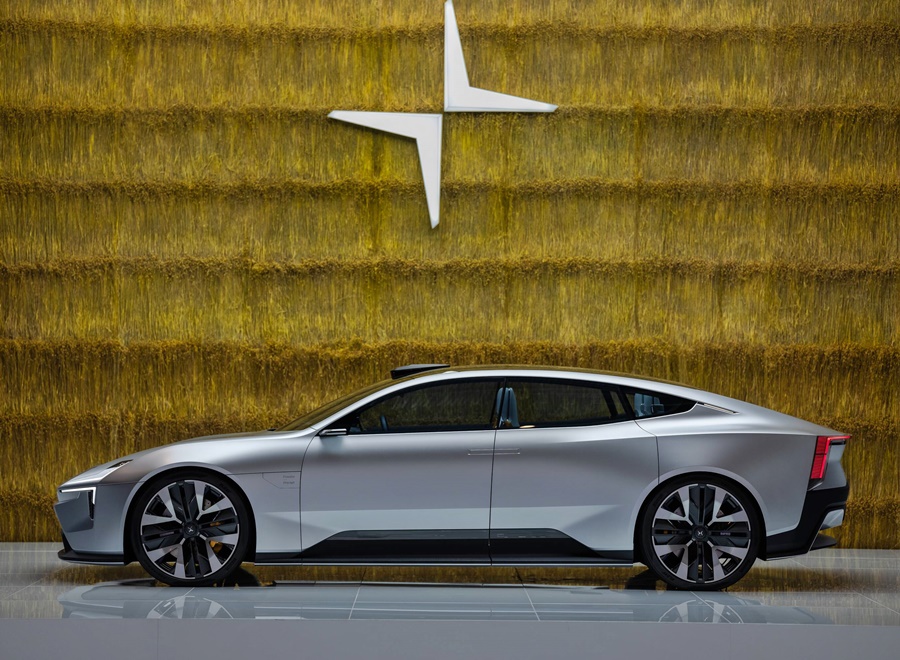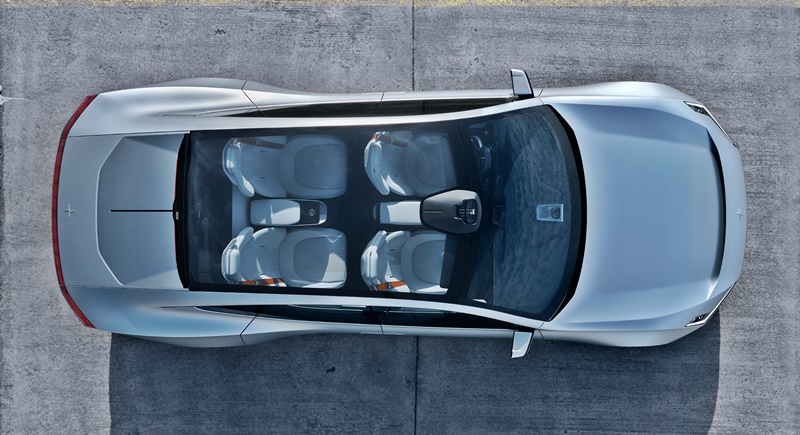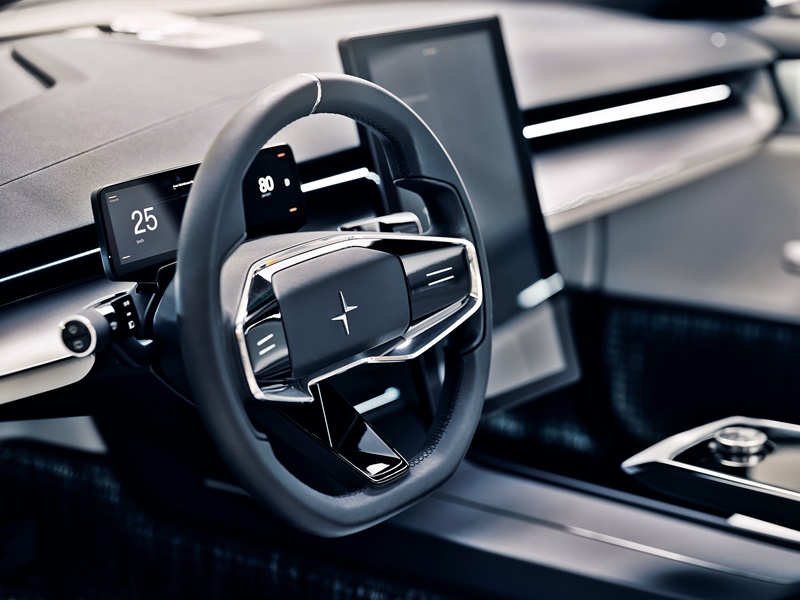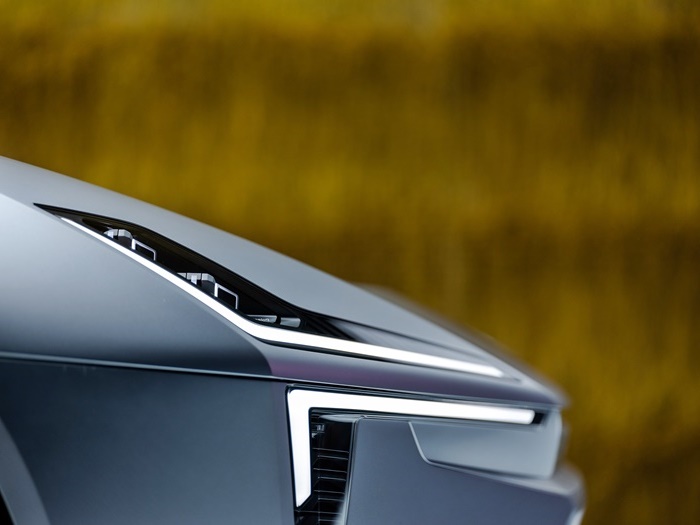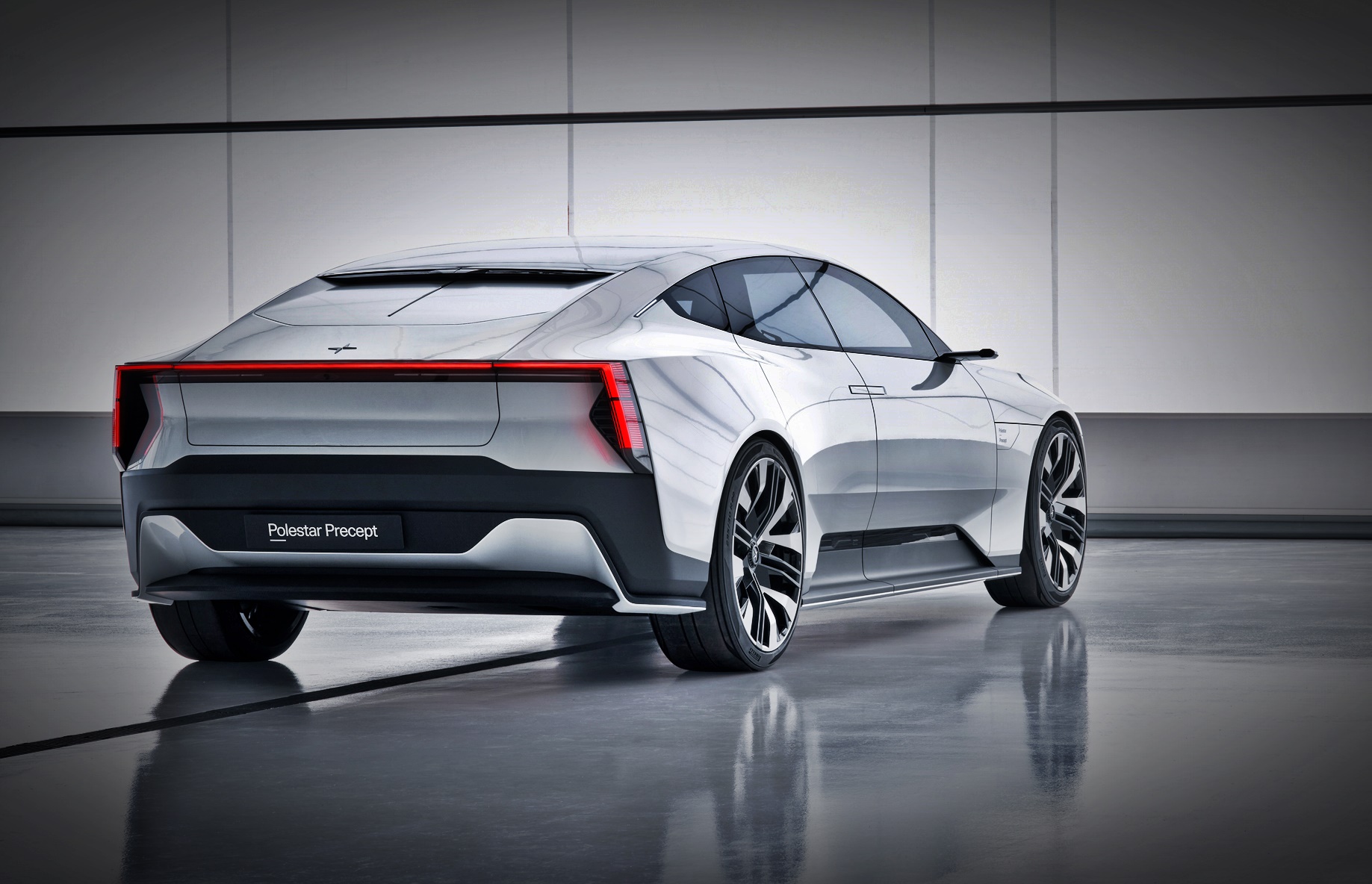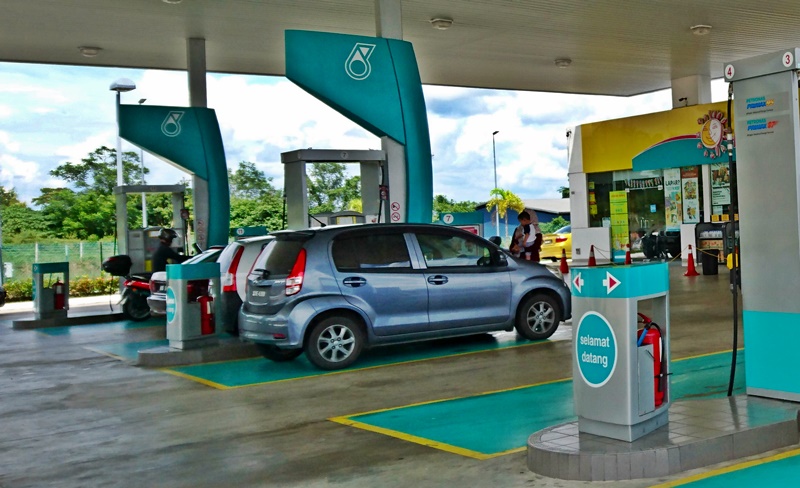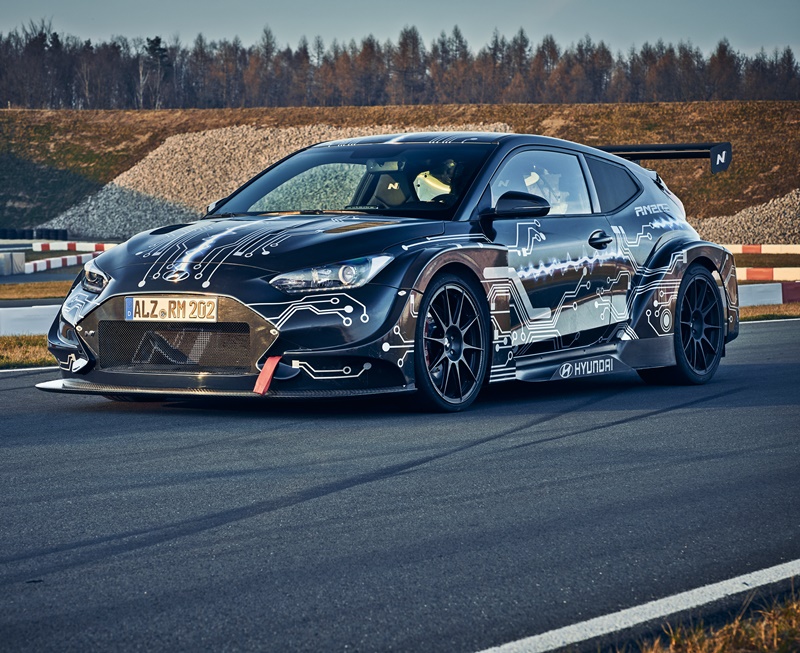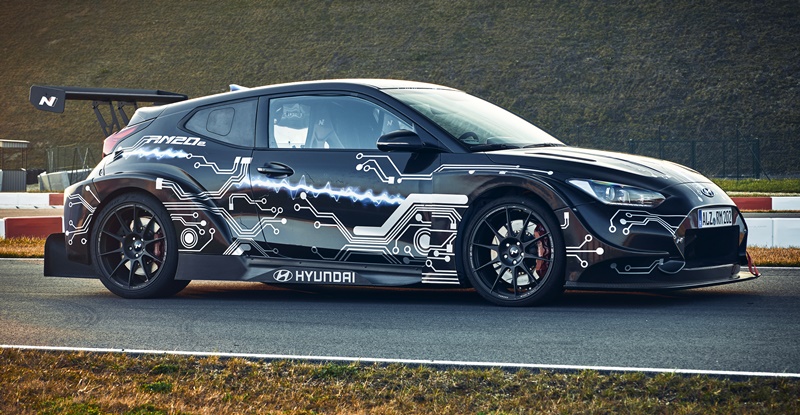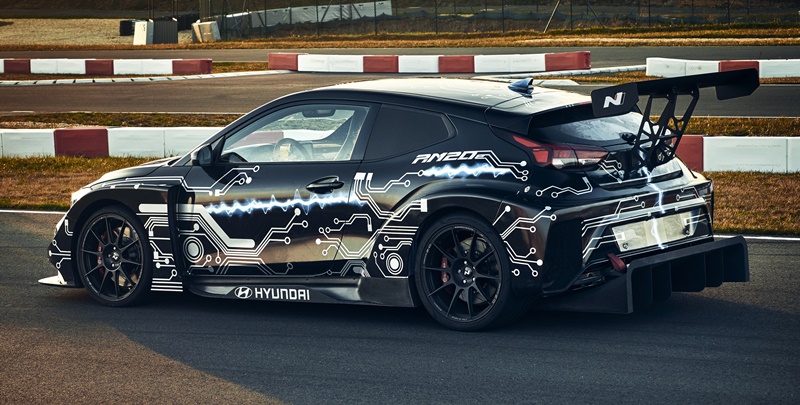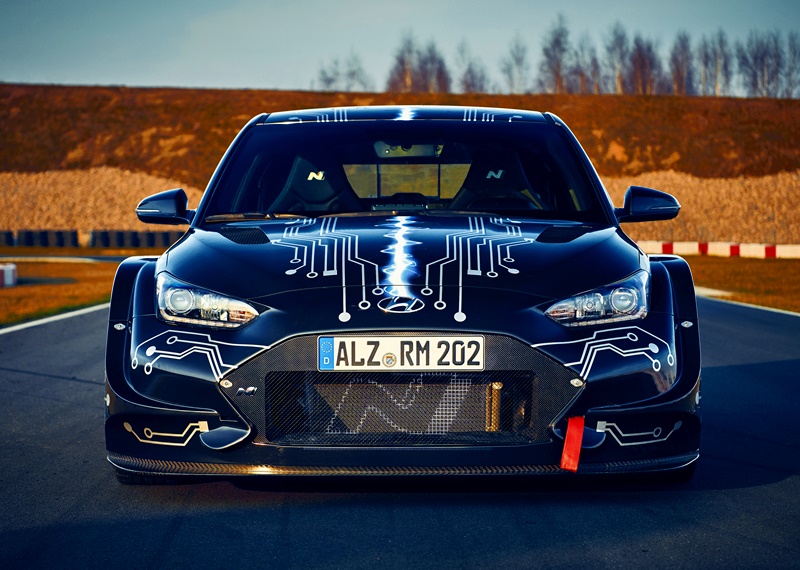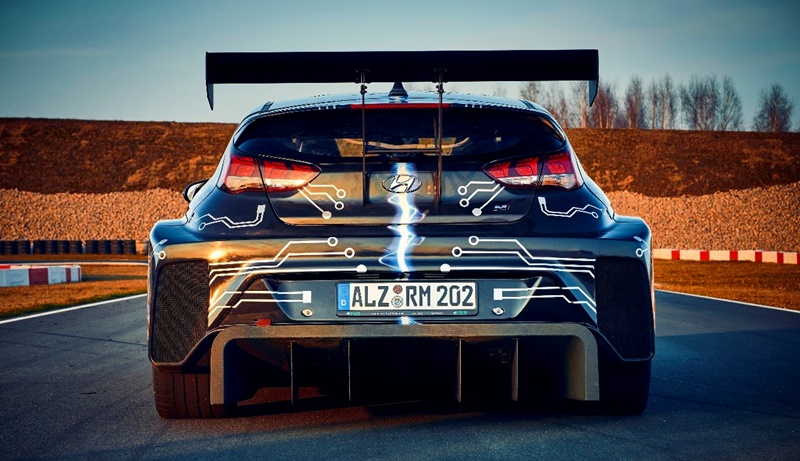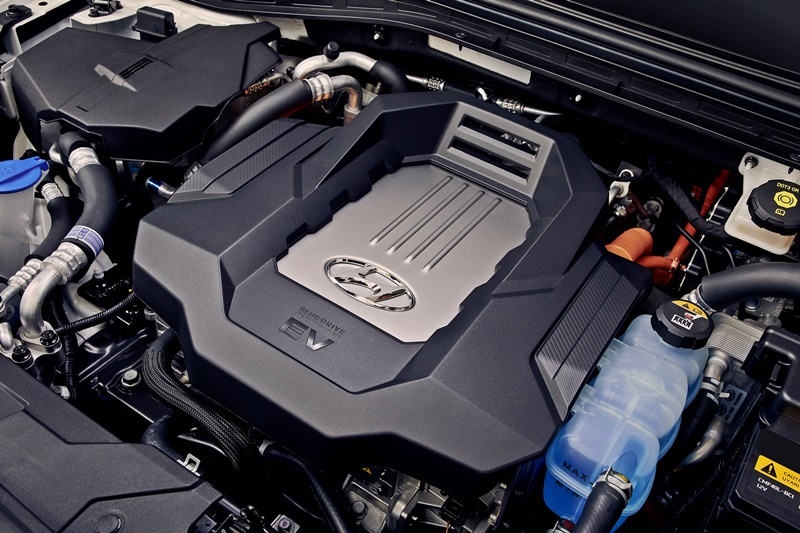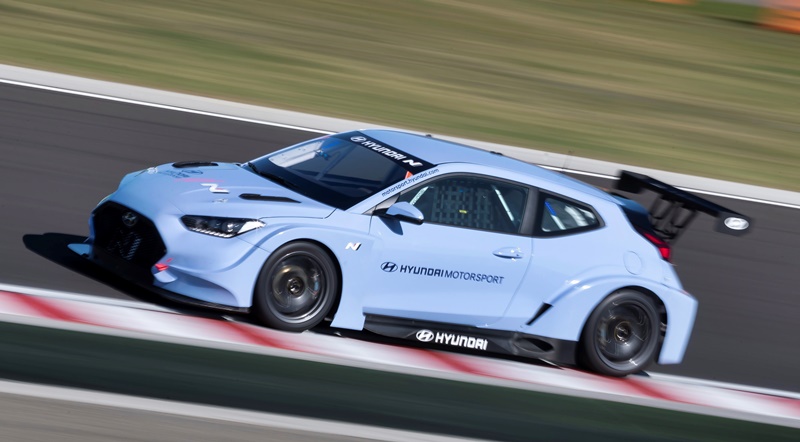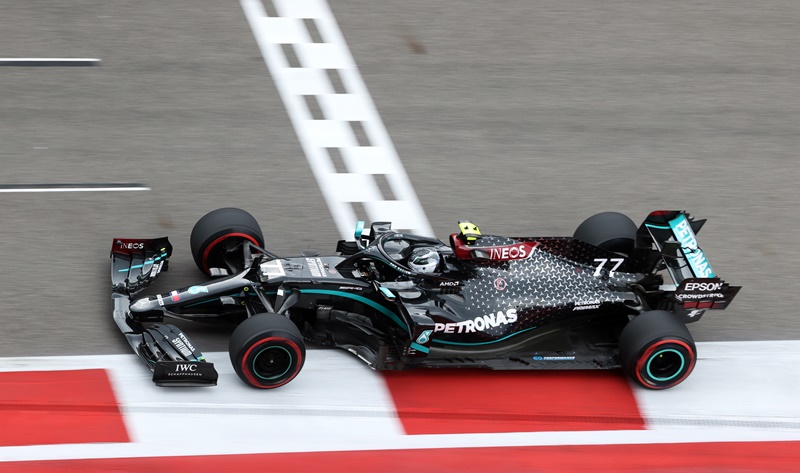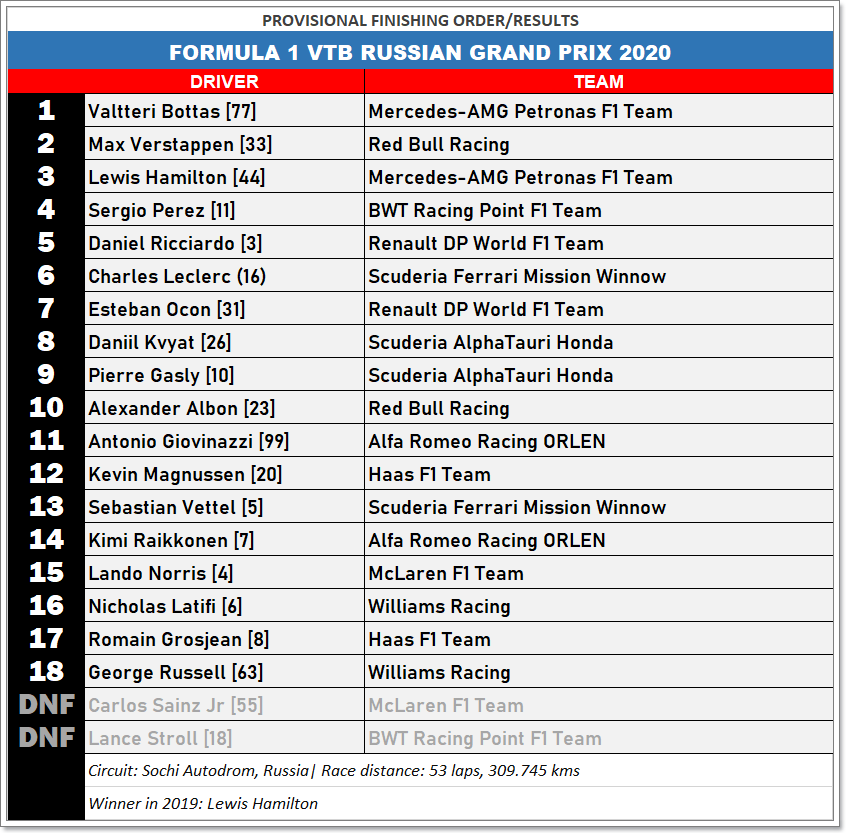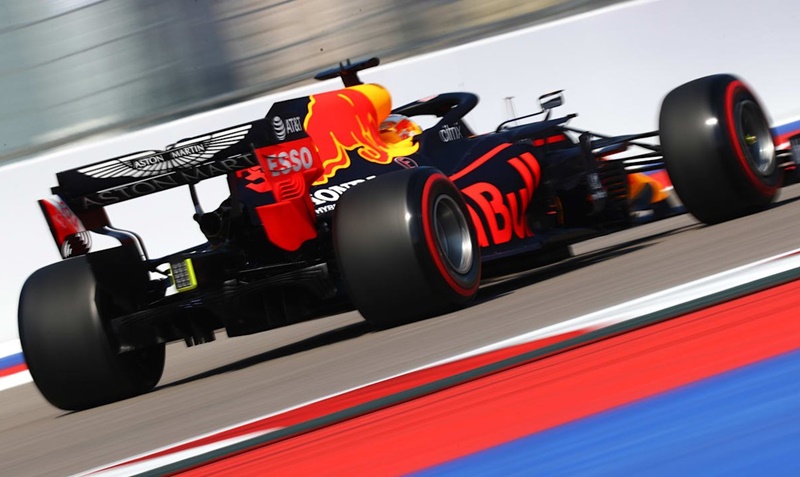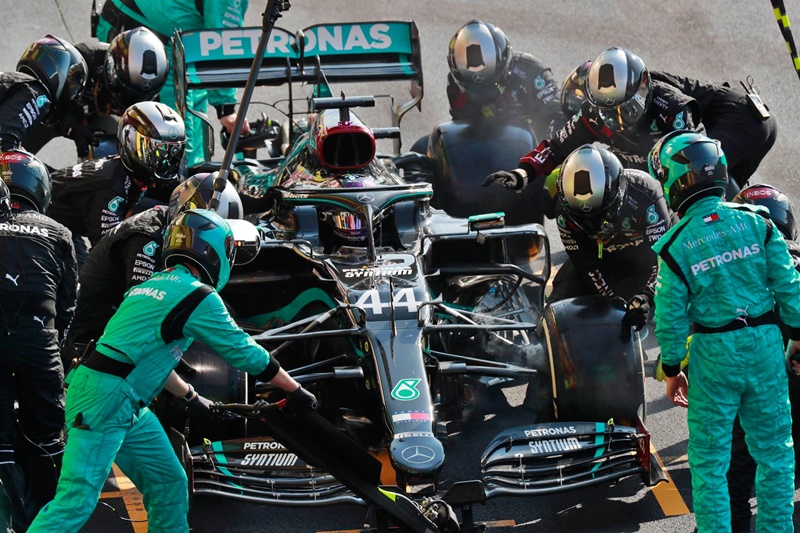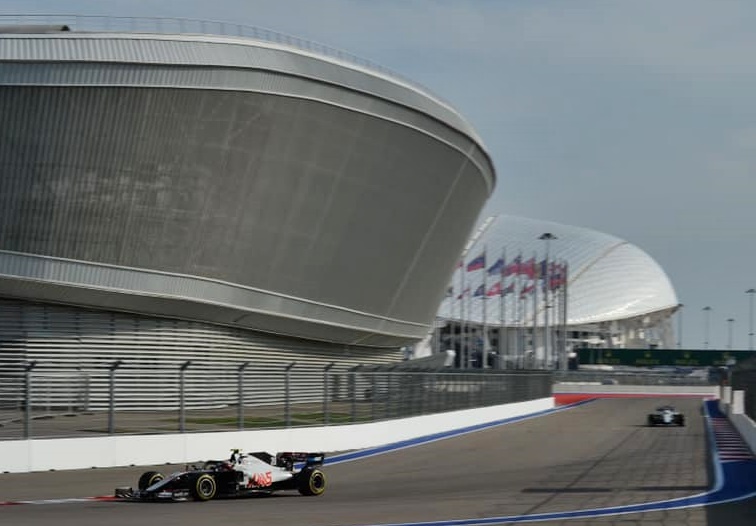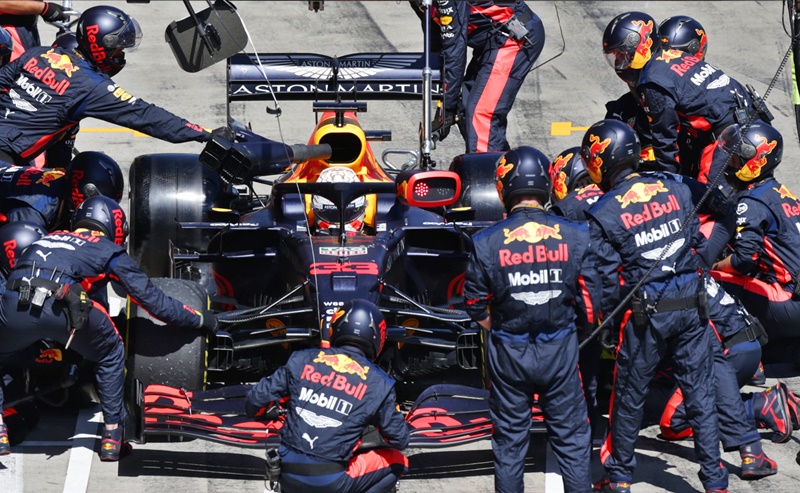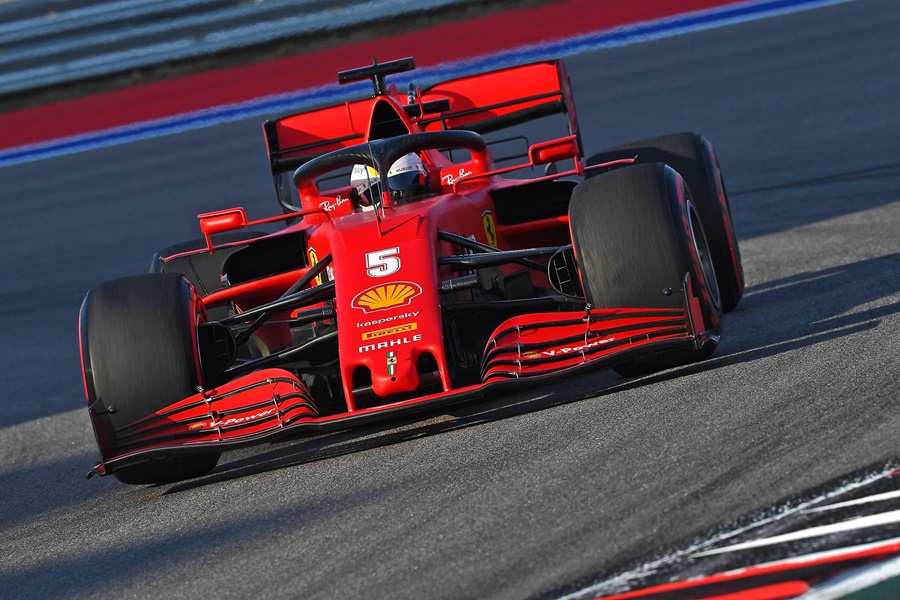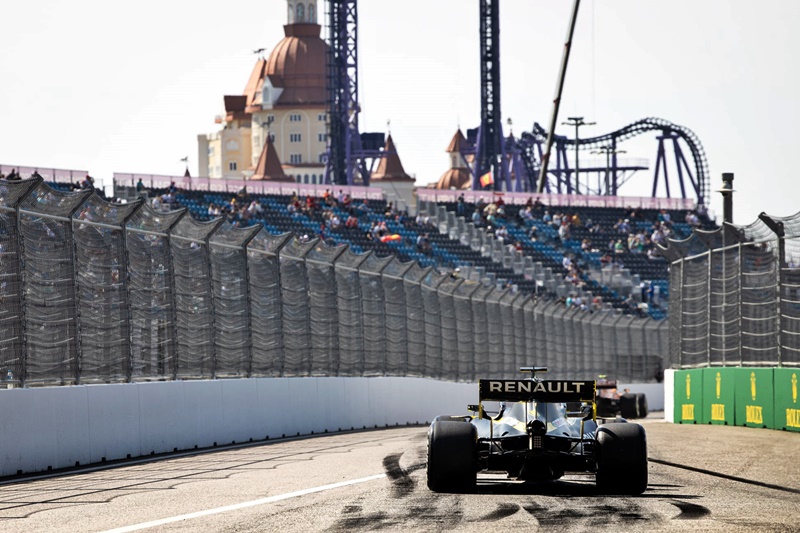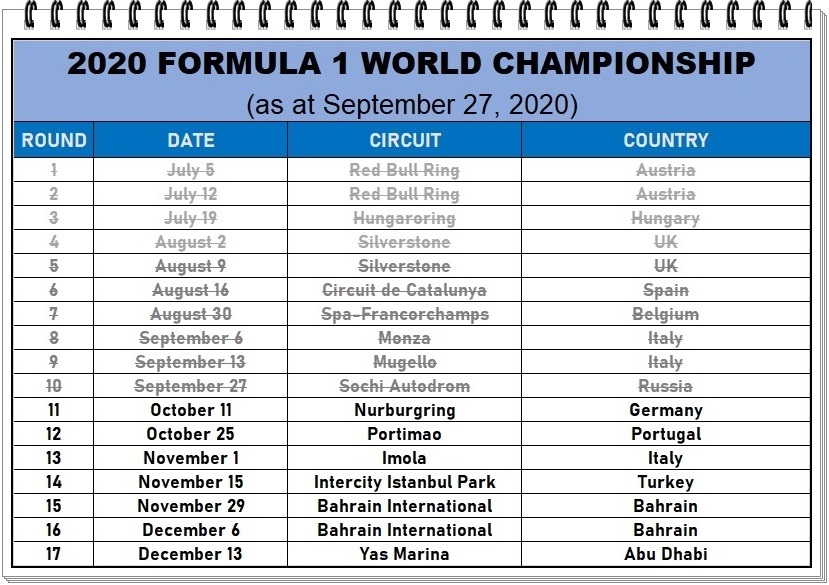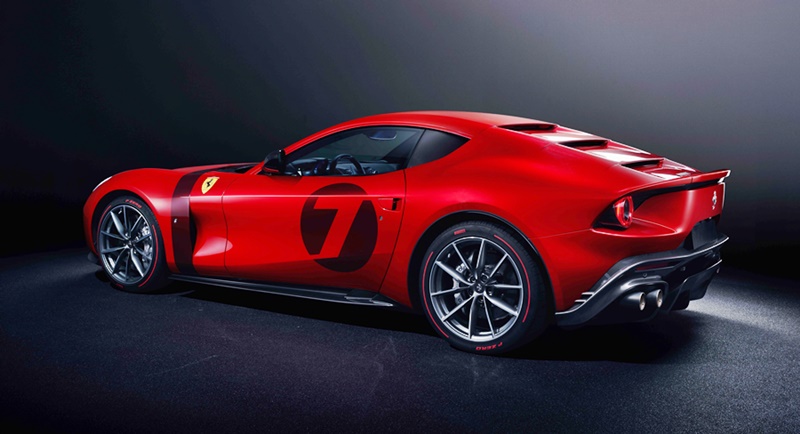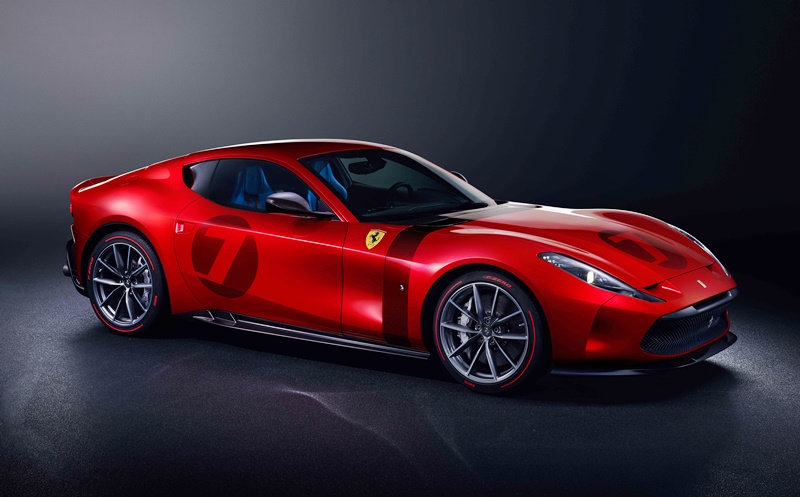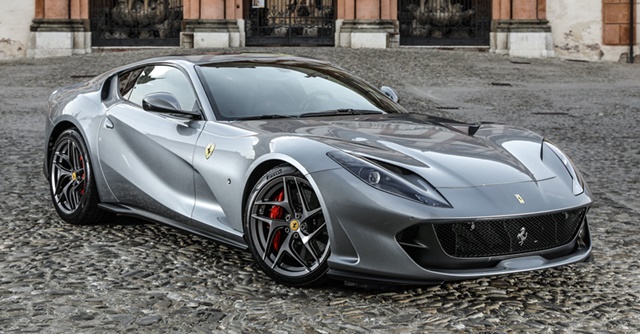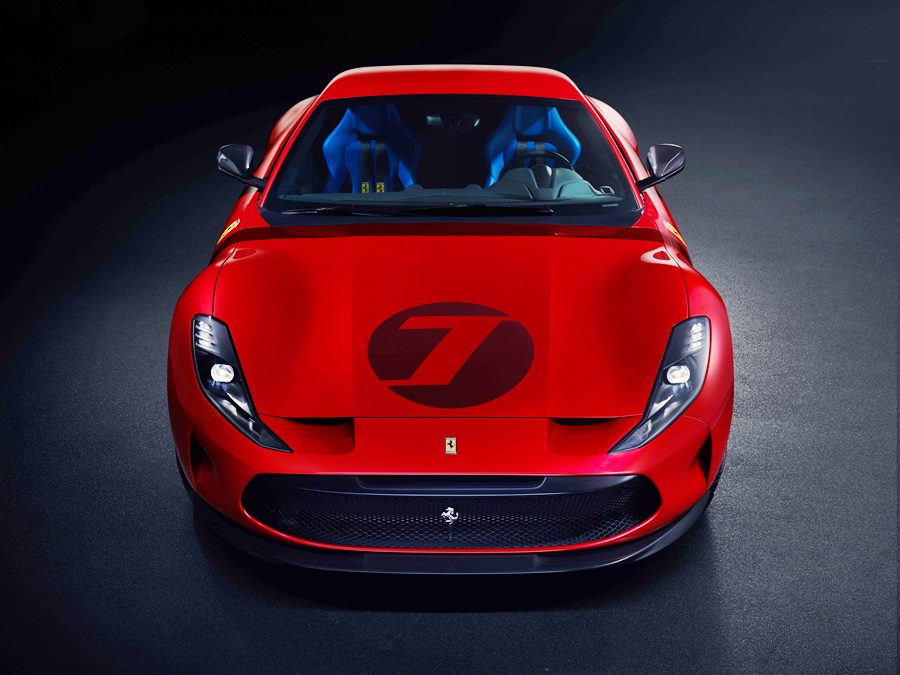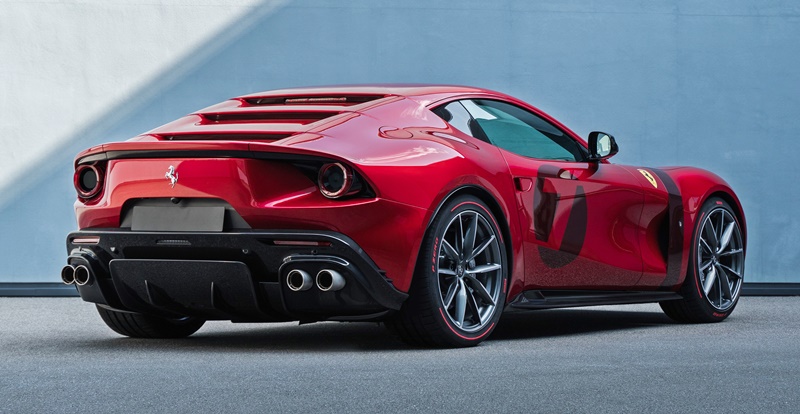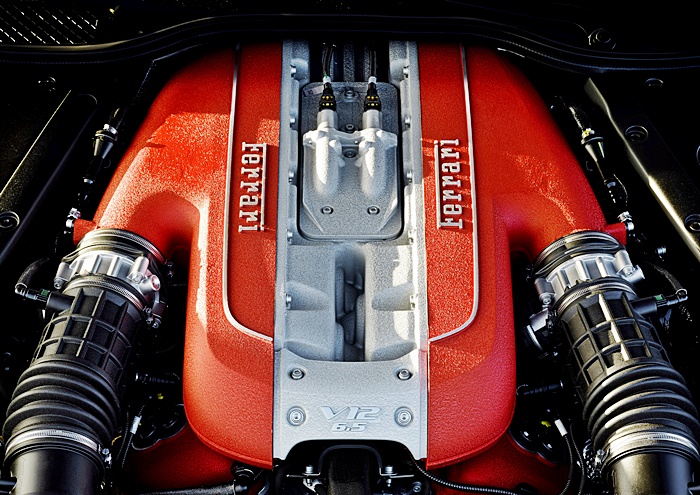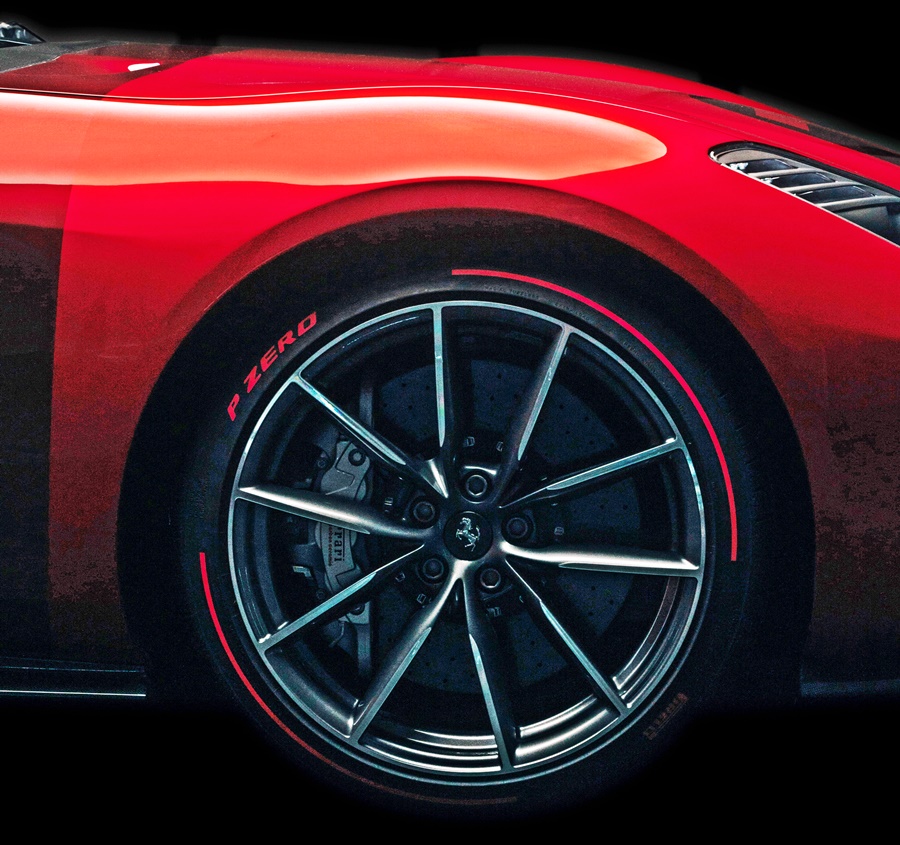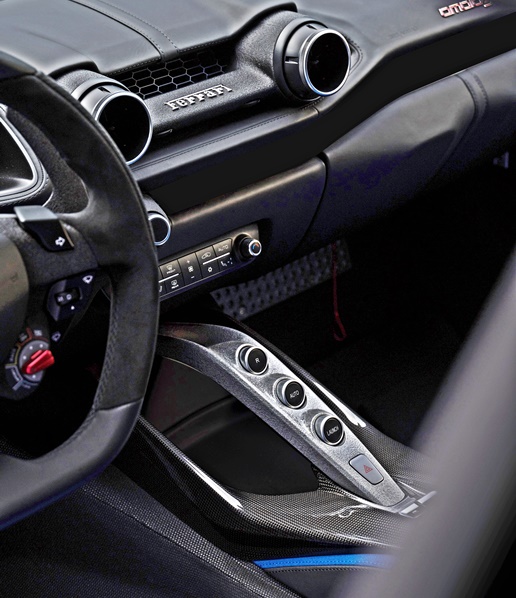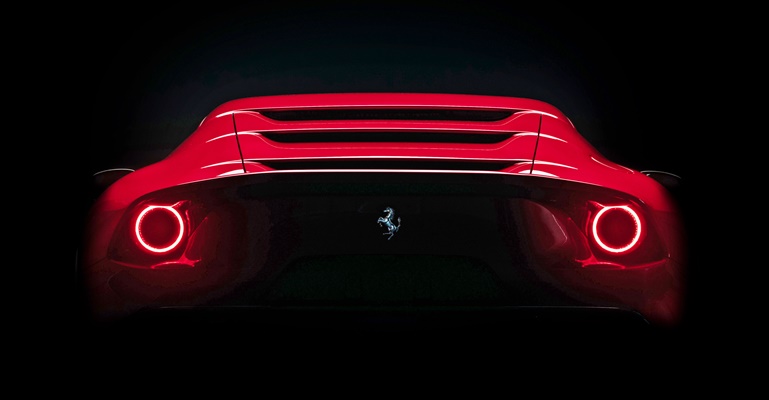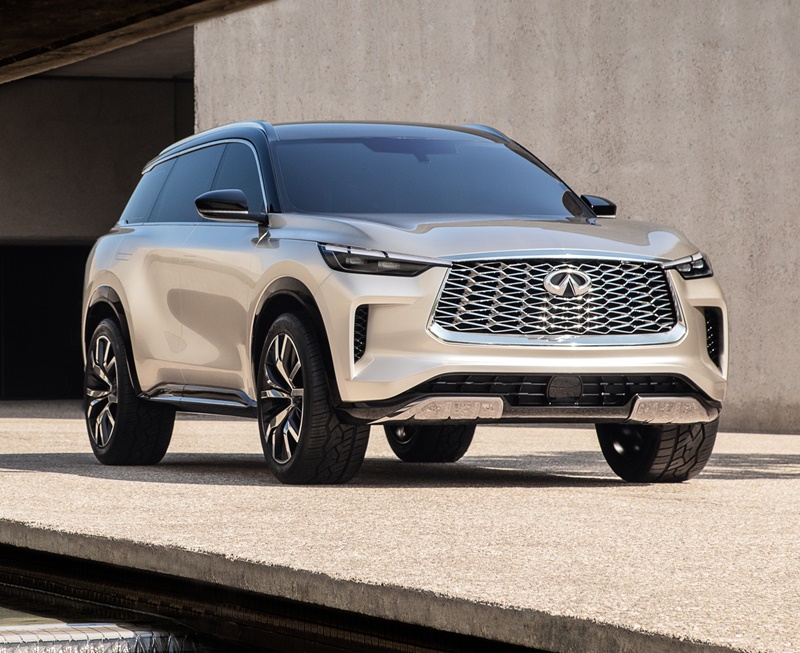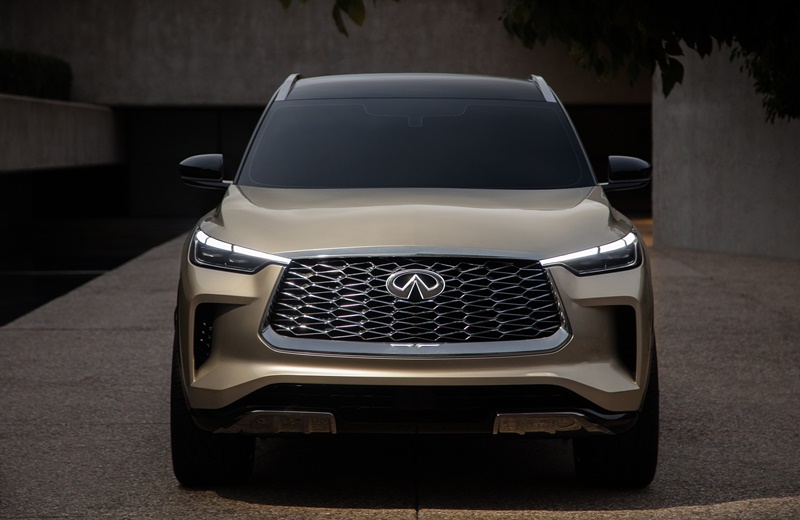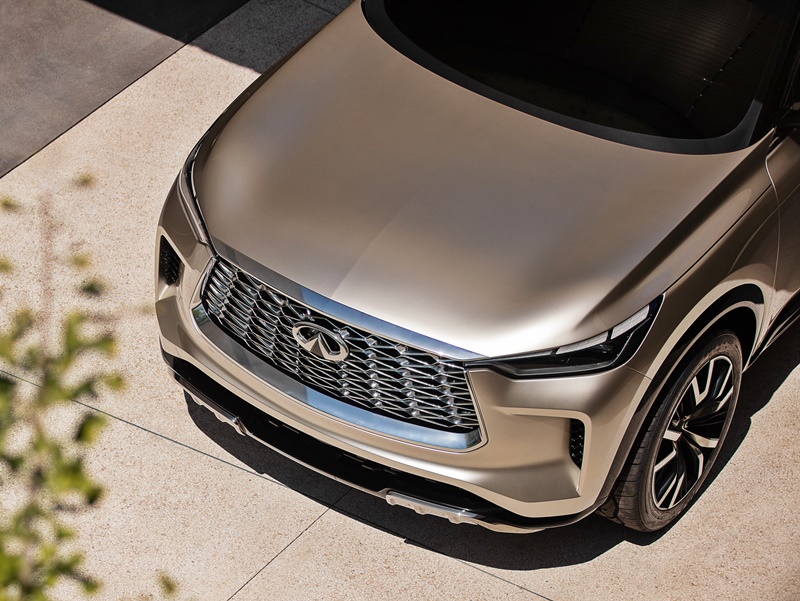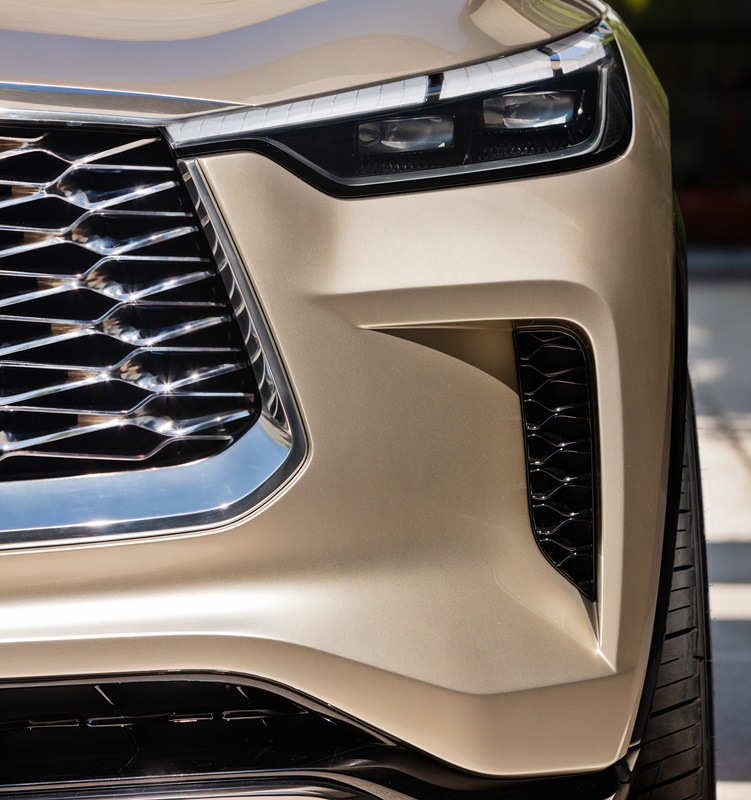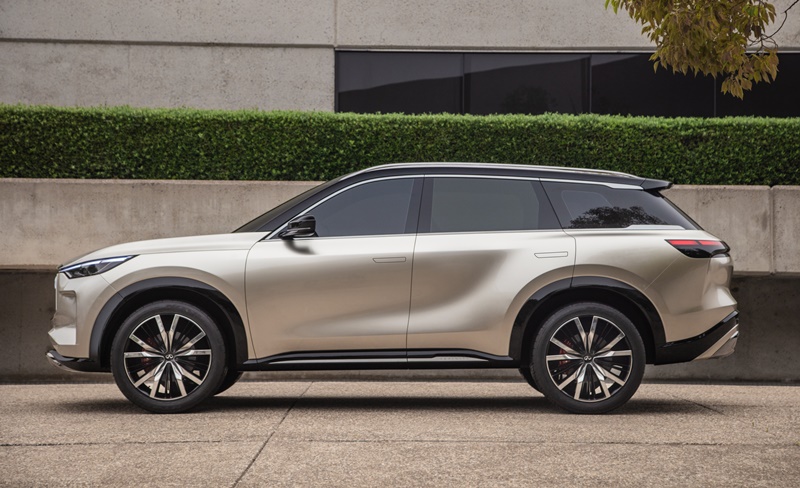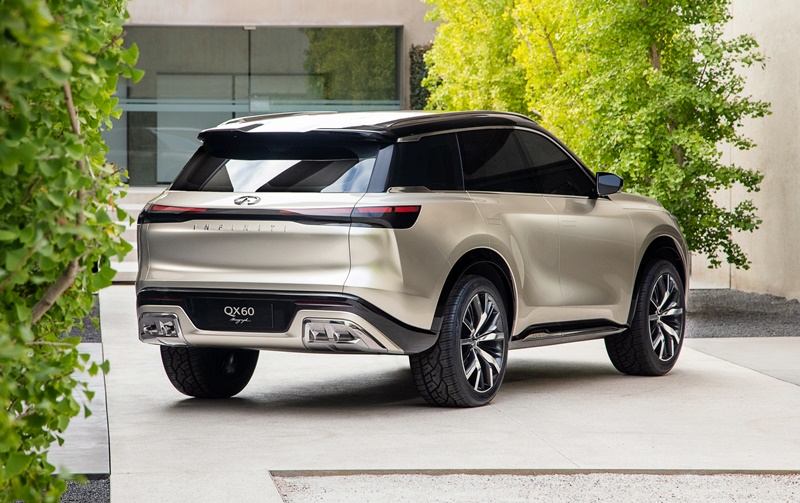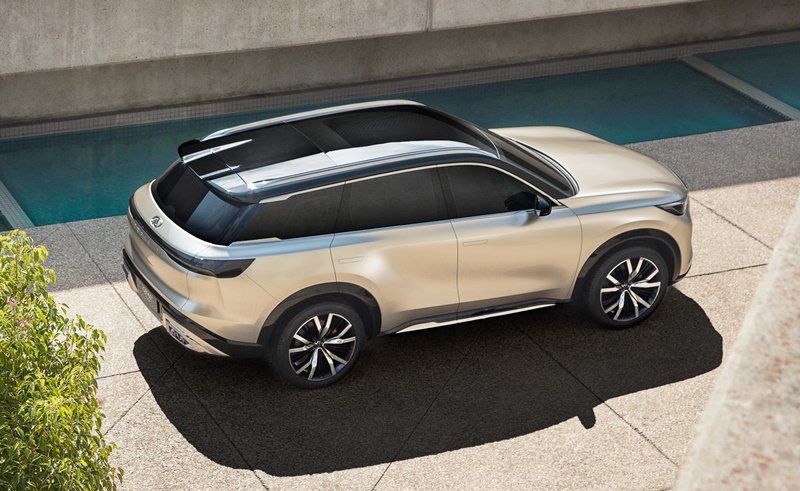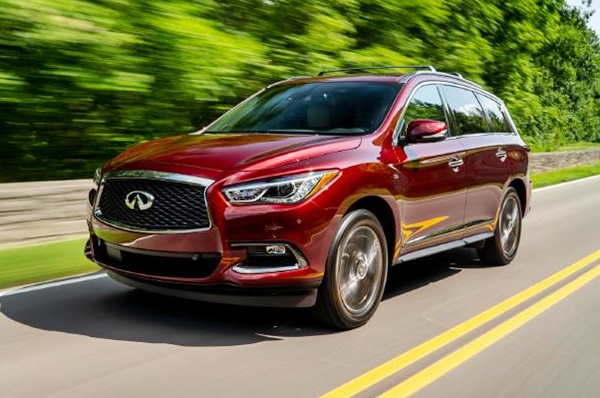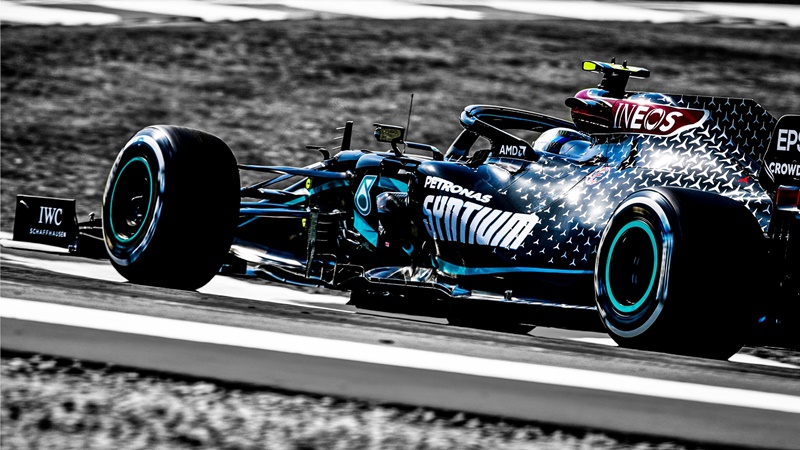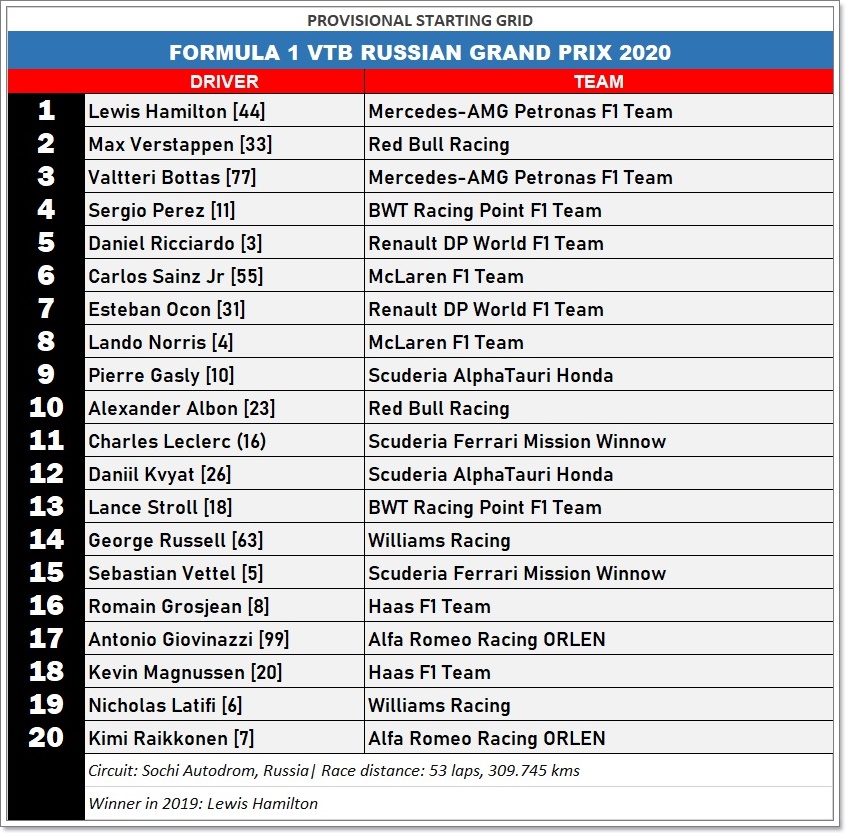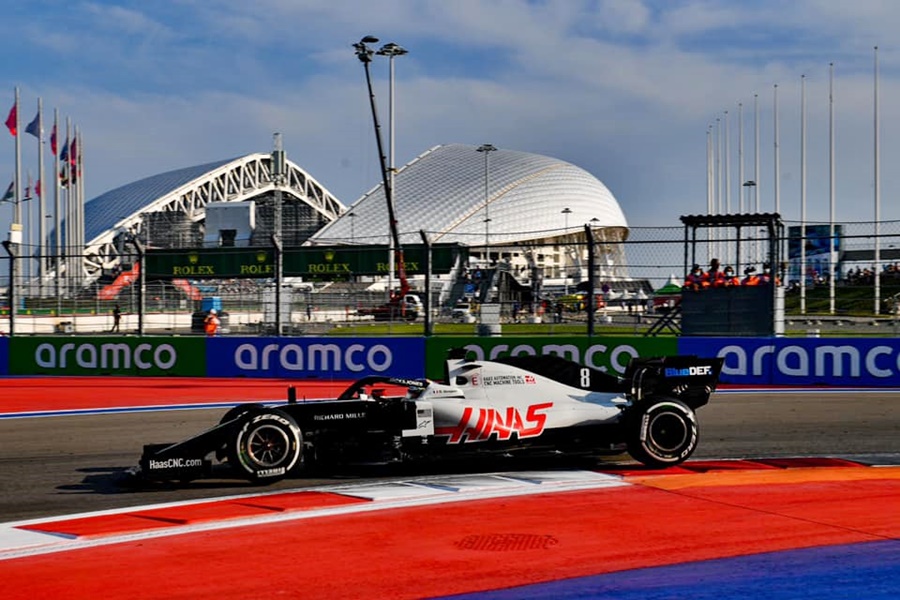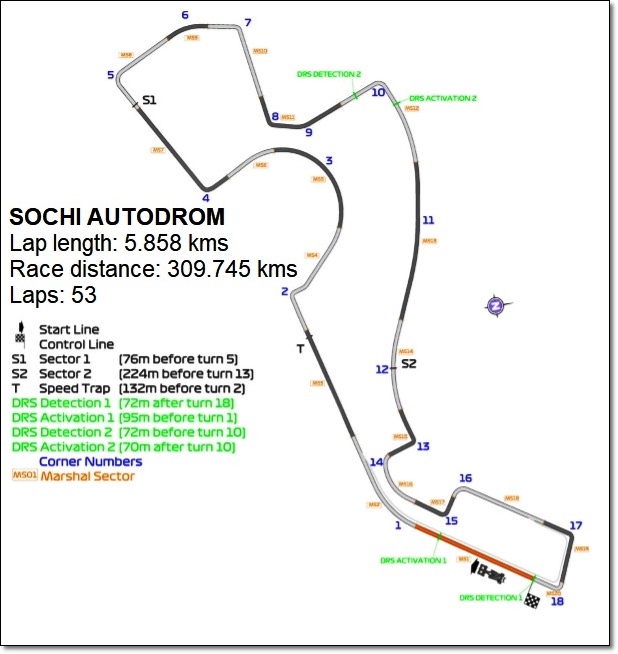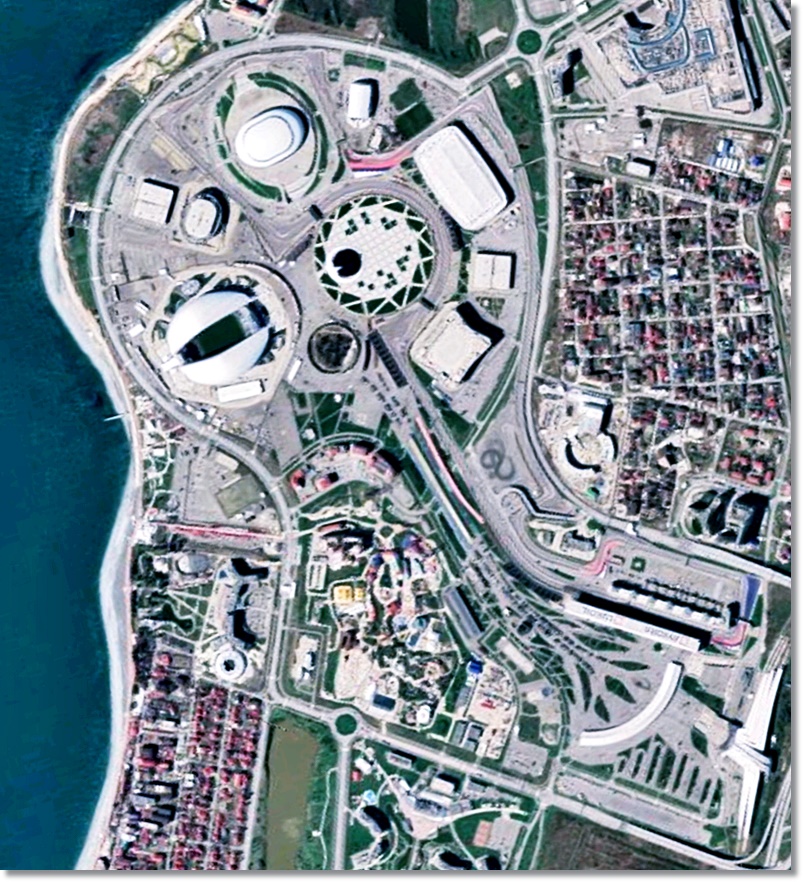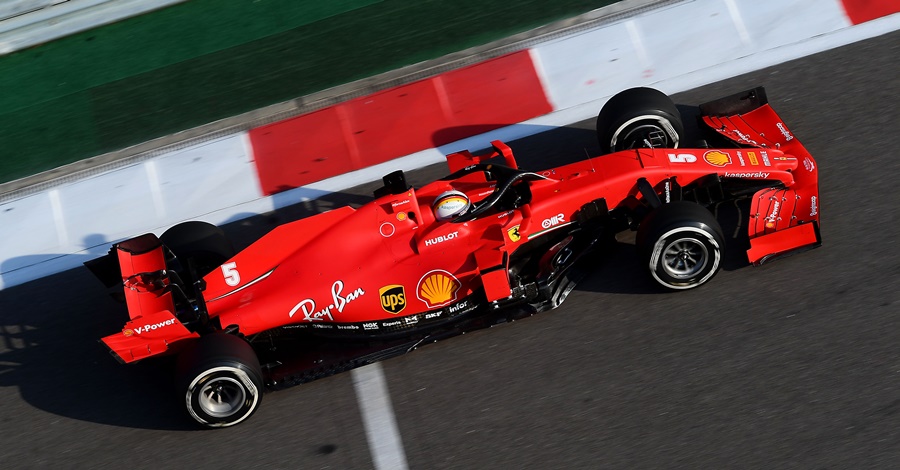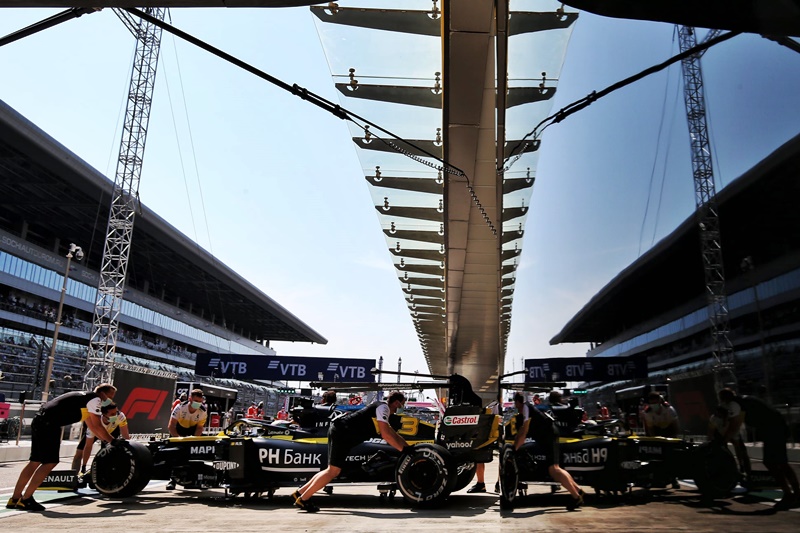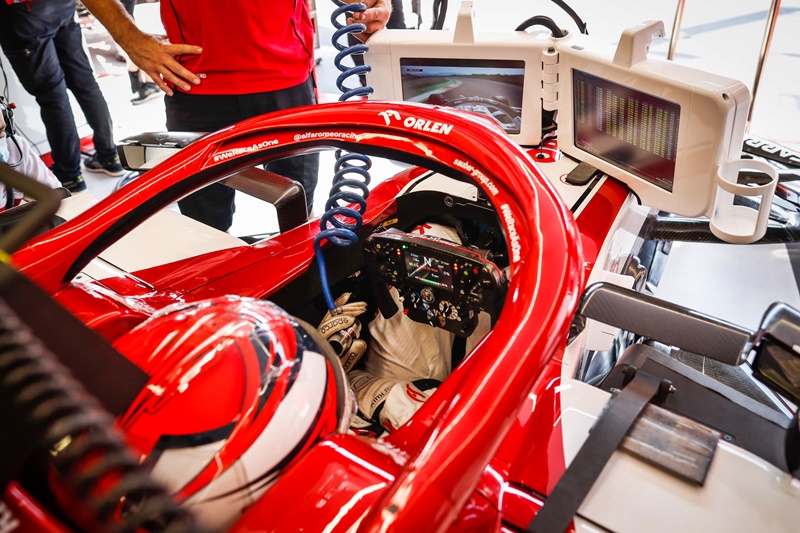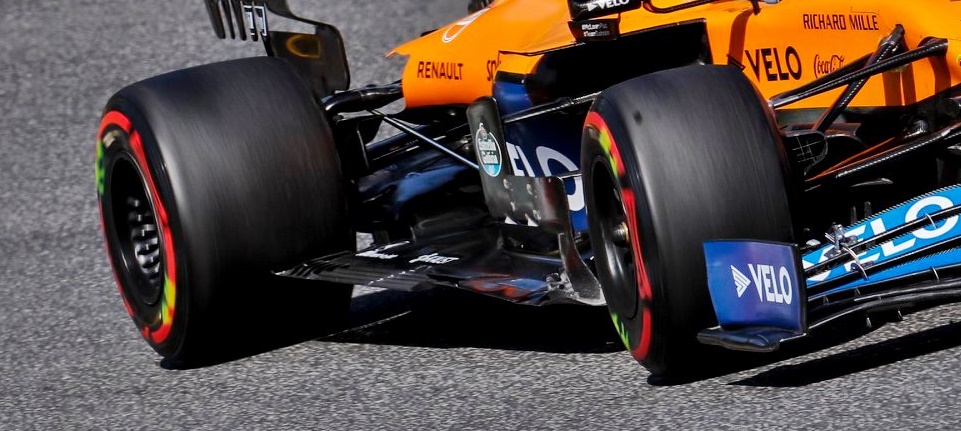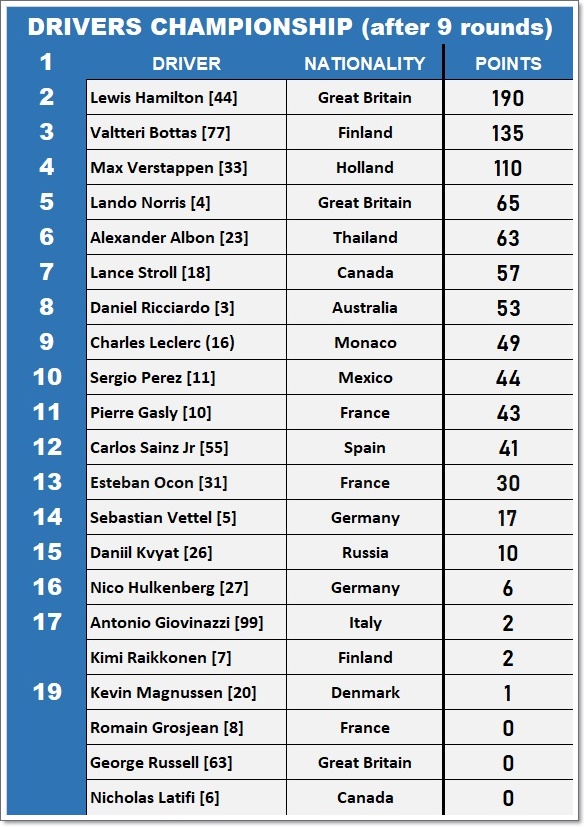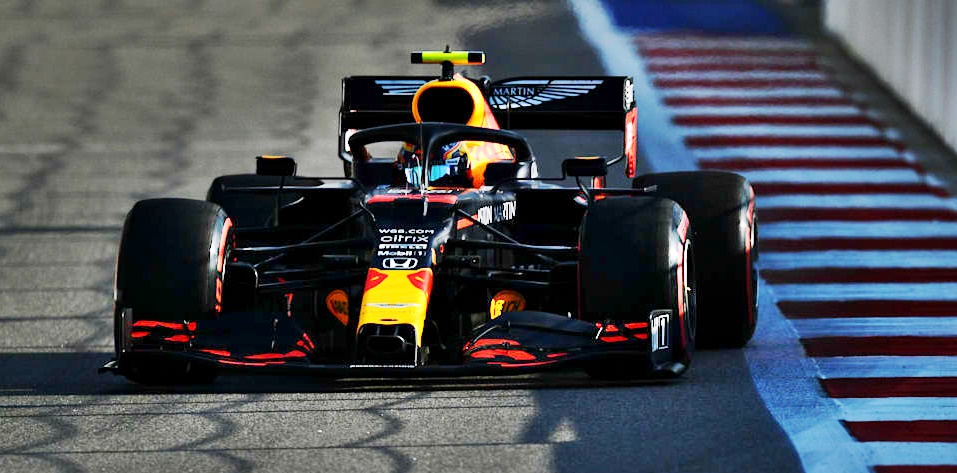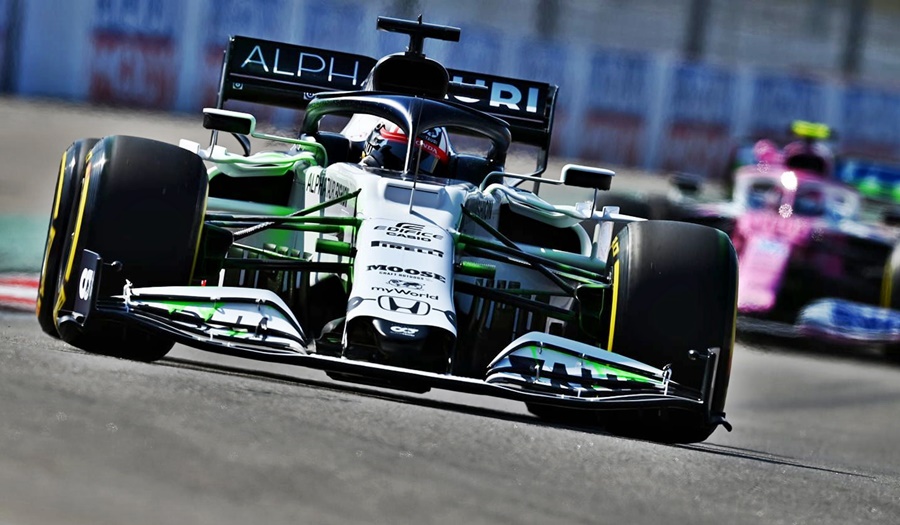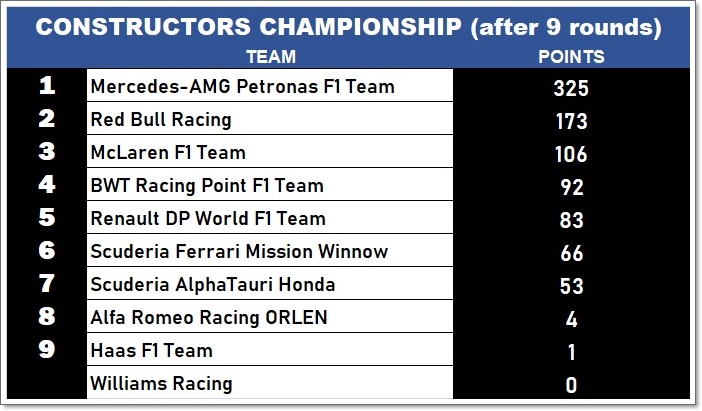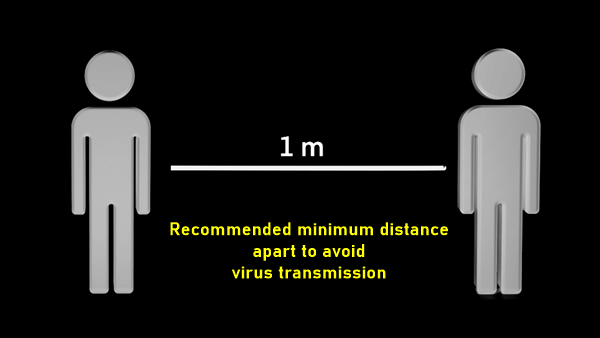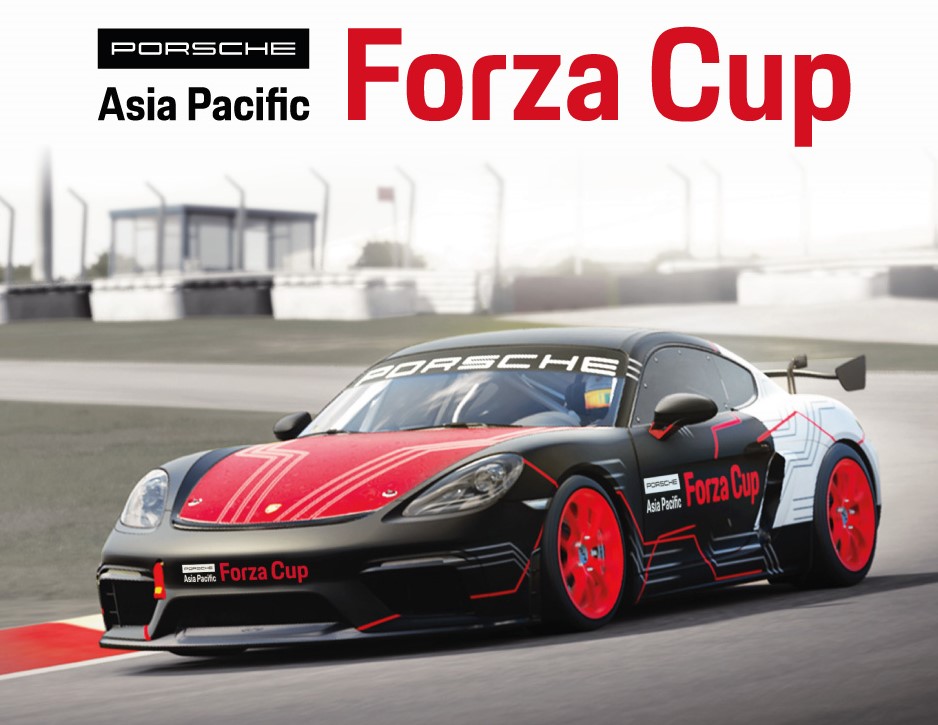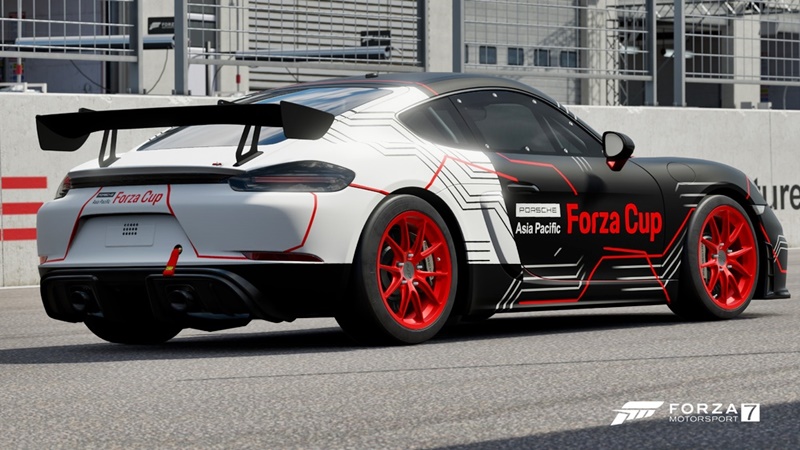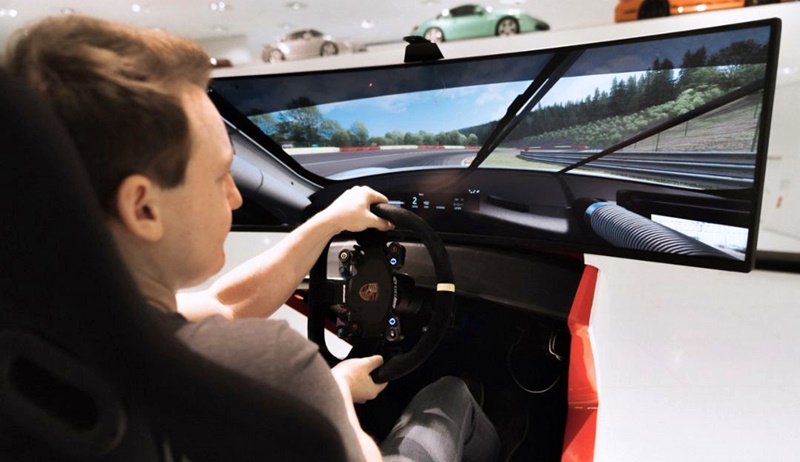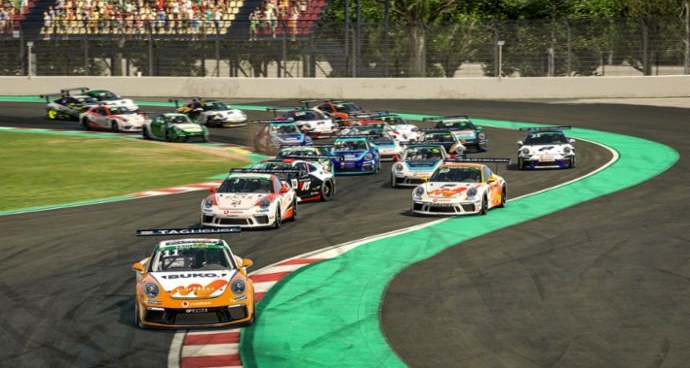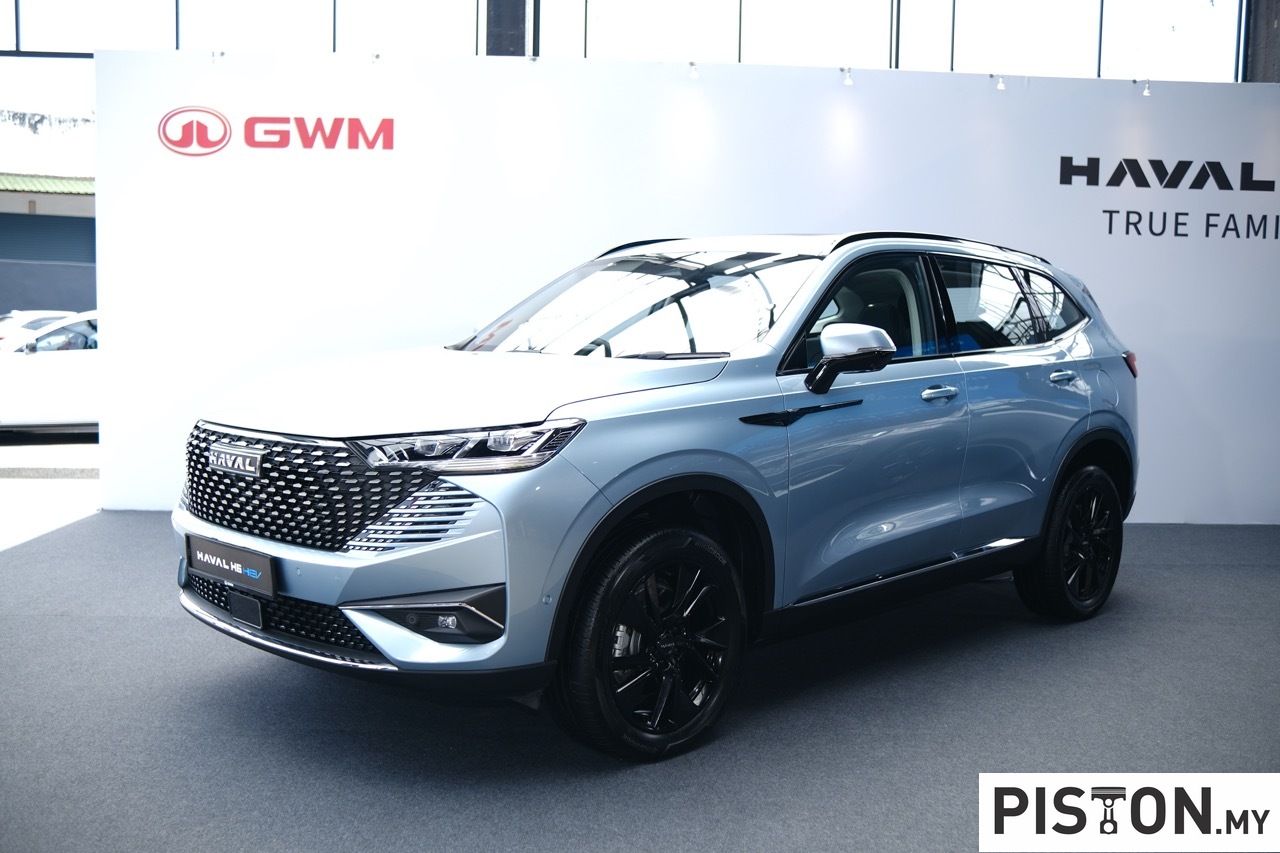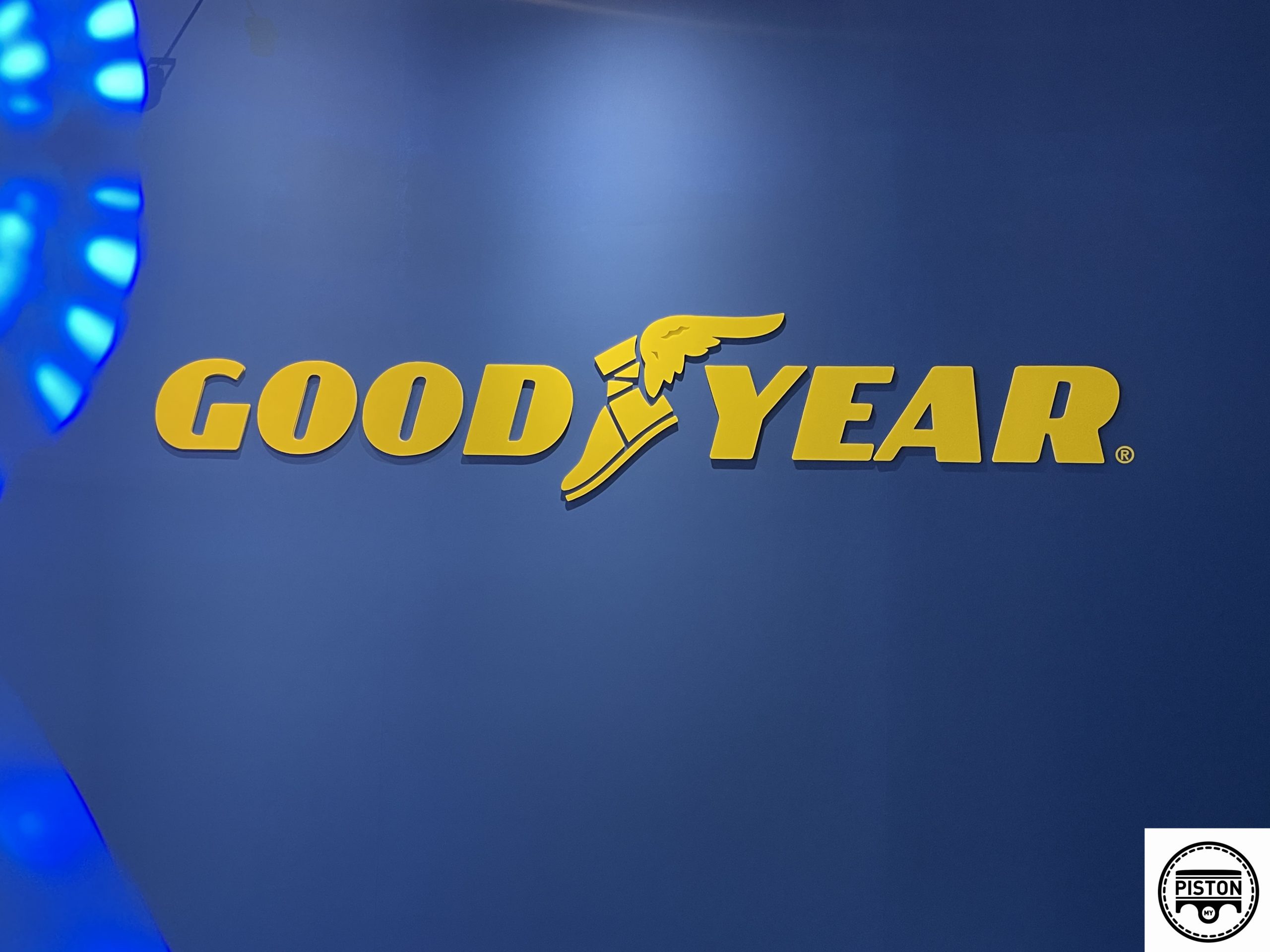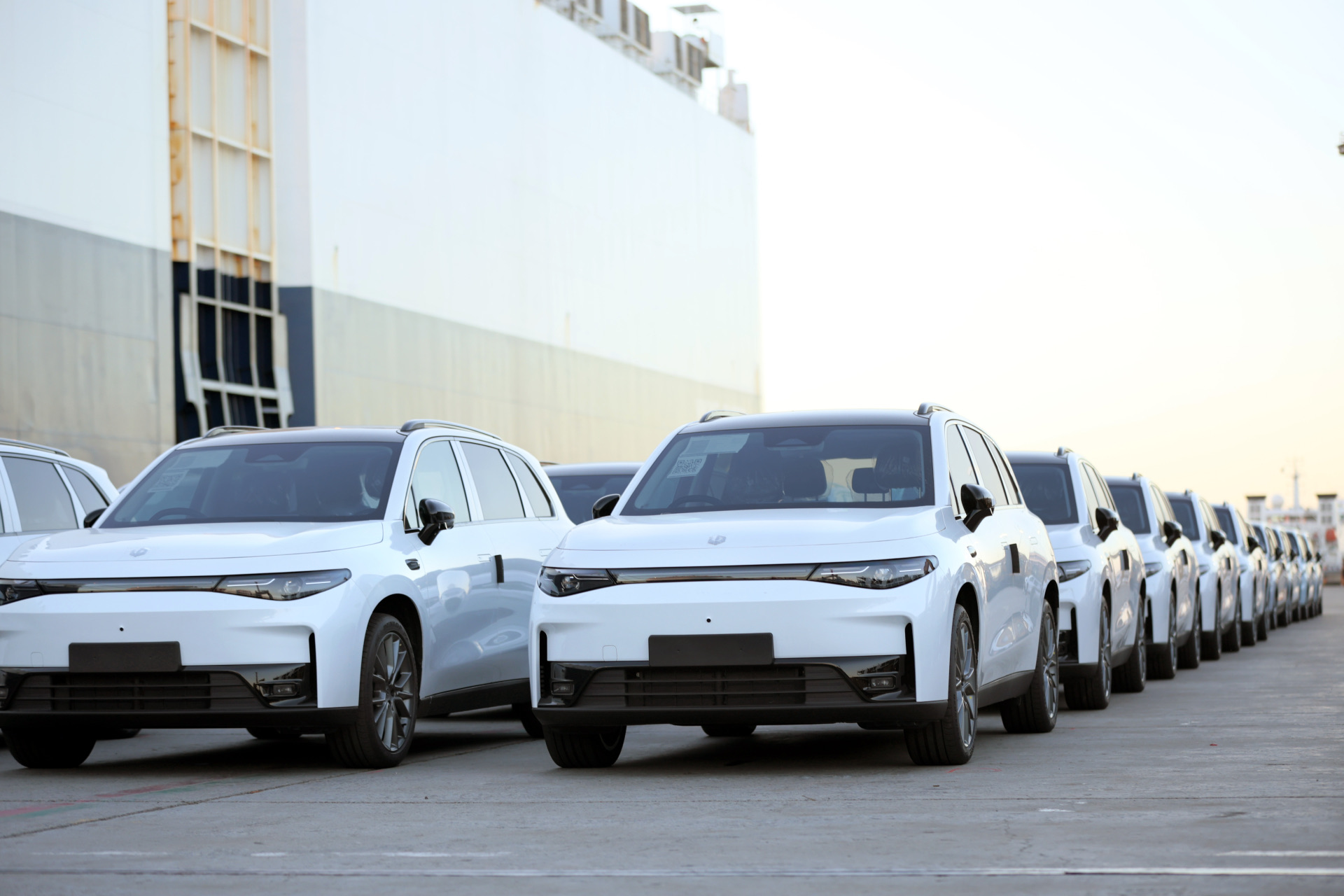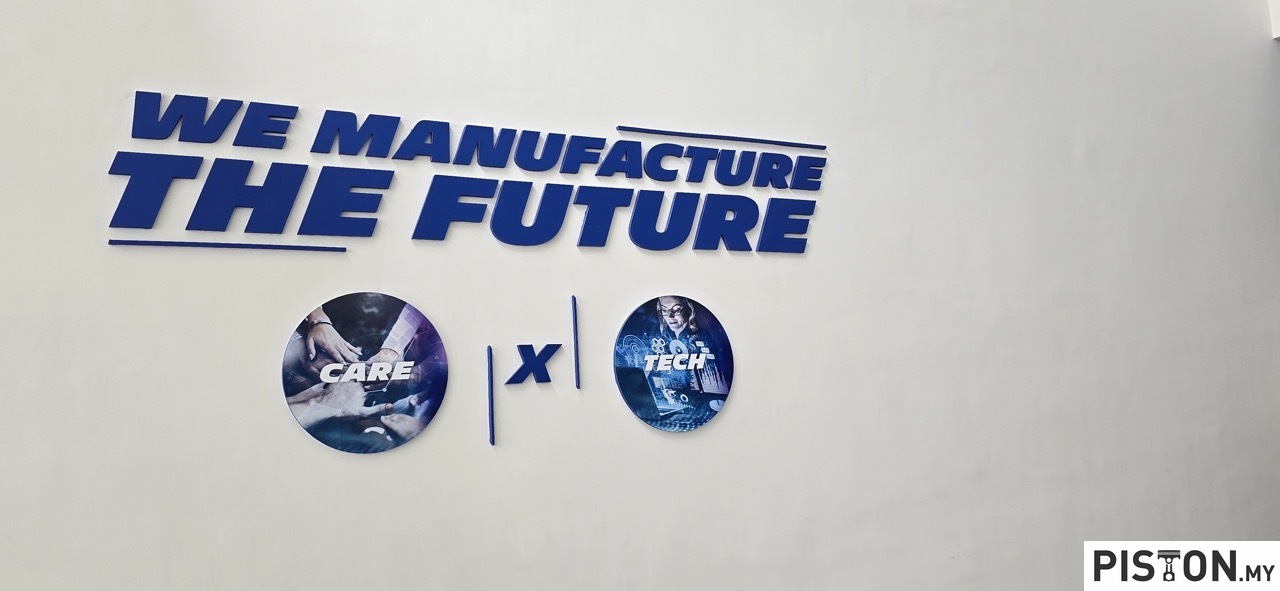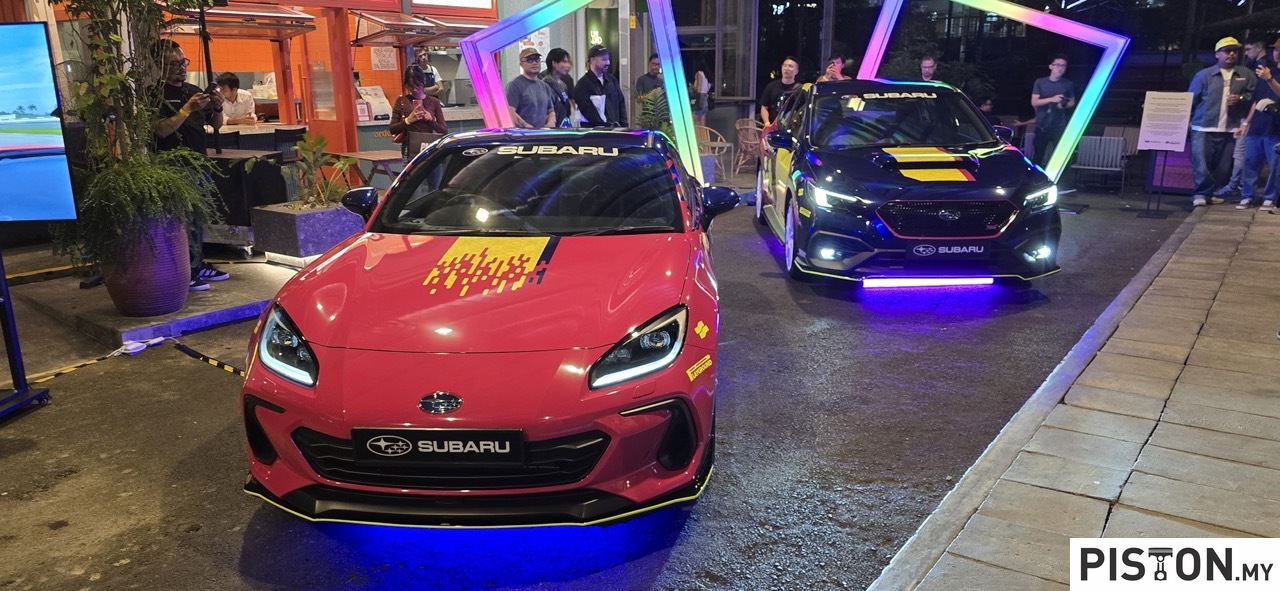Team mates and friends Taj Izrin Aiman Taj Madira, Mior Muhammad Hafiz and Muhammad Iqbal Ahmad Suji won big time at the Toyota GR Velocity Esports Championship Grand Final when they clinched the top three positions to win almost RM40,000 in cash prizes.
The 2-day event brought together an elite group of 20 online racers who competed in a semi-final, with the top 10 fastest drivers advancing to the Grand Final. Held at the UMW Toyota Motor headquarters complex in Shah Alam, Selangor, the Toyota GR Velocity Esports Championship was streamed online was had more than one million views.
In total, some 720 participants entered the Toyota GAZOO RACING Velocity Esports Championship which had kicked off with a series of 4 qualifying rounds. The championship offered more than RM70,000 in total prize money, most lucrative virtual racing event in Malaysia.
How Taj Izrin Aiman won
Taj Izrin Aiman was victorious in Race 1 behind the wheel of a GR Supra RZ at the Autodrome Lago Maggiore circuit in Italy, finishing ahead of Mior Muhammad with Rio Pandukusuma in third place in the 15-lap race. In Race 2, at the Autopolis Racing Course in Japan, Moo Shuan Jinq crossed the finish line ahead of Mior Muhammad in the 18-lap race in a FT-1 Vision Gran Turismo, with Taj Izrin Aiman finishing in third position.
For Race 3, run at the virtual Circuit de la Sarthe in France which is the venue for the annual Le Mans 24-Hour race, Muhammad Iqbal piloted a TS050 Hybrid to victory ahead of Mior Muhammad and Ariff Roslan in second and third places, respectively.
By the end of the 3 races, the overall championship was down to three potential winners with Mior Muhammad leading with 54 points, followed by Taj Izrin Aiman at 50, and Muhammad Iqbal with 45 points.
In the fourth and final 18-lap race at the famous 13. 6-km Spa-Francorchamps circuit in Belgium, Taj Izrin Aiman however, stamped his authority by leading the race from start to finish in a Toyota-powered Dallara Super Formula SF19, building an unassailable lead of 9 seconds ahead of Arif Roslan and Rio Pandukusuma who finished second and third respectively. Low Wooi Kit crossed the finish line in fourth place, followed by Muhammad Iqbal in fifth, while Mior Muhammad who was fourth at one point in the race dropped to sixth, finishing more than 35 seconds behind the race winner and essentially bidding farewell to his hopes of winning the overall championship.
Like racing in the real world
“Virtual racing is an entirely different discipline. It requires a lot of practice and seat time. Just like real racing requires you set-up a vehicle, in virtual racing you have to adapt to the steering and pedal techniques, and at the same time you have to adopt a strategy and manage your tyre wear as well as fuel during a race,” said 22-year-old Taj Izrin Aiman who is an avid motorsports enthusiast and is only into his first year of competitive virtual racing.
Clinching the overall Toyota GAZOO RACING Velocity Esports Championship is also his first major title in virtual racing. Together with his winning team mates, the trio will also represent Malaysia at Toyota’s Regional eSports competition.
In a special 17-lap exhibition race involving celebrities who have competed in the Toyota Vios Challenge, musician Shawn Lee proved that he was indeed a force to be reckoned with both on and off the racing circuit. Lee, a two-time champion in the Promotional Class of the Toyota Vios Challenge, led the virtual 17-lap race at the 4.5-km Fuji International Speedway from start to finish. Behind him was GAZOO RACING Malaysia’s Chief Motorsports Officer, Akio Takeyama, and celebrity gamer Daddy Hood.
“Competing in Toyota GAZOO RACING Velocity Esports Championship is an excellent warm-up for us in preparation for Season 4 of the Toyota Vios Challenge. I can’t wait to get back into racing,” said comedian Nabil Ahmad, who used a Toyota GR Supra Racing RZ.
High driving standards of virtual racers
GAZOO RACING Malaysia’s Chief Motorsports Officer Akio Takeyama noted that the driving standards and technical knowledge the competitors brought to virtual racing was very high.” They are very serious about what they do and, despite never having experienced real racing, the degree of race craft, the strategies they adopt, discipline and familiarization as well as adaptability to the different types of vehicles and tracks they are exposed to is simply phenomenal.”
“Virtual racing is indeed becoming an important bridge to real racing, and this is also an area we at Toyota are investing in with the start of our GAZOO RACING Young Talent Development Program which will not only provide young karters, but also virtual racers, with the opportunity to transition into real world saloon car racing,” he added.
Virtual racing or esports will be another strong pillar for Toyota to bring motorsports to the masses. The Toyota GAZOO RACING Velocity Esports Championship began in 2018 and UMW Toyota Motor was the first and still the only car company in Malaysia to be associated with the fast-growing sport that is also recognised by the FIA (the world motorsport governing body).
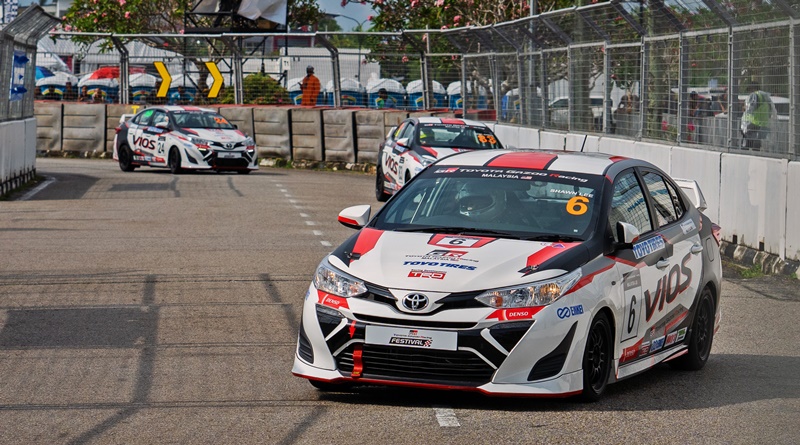
More motorsports-focussed initiatives
“Moving forward, the GAZOO RACING brand will continue to spearhead and expand Toyota’s presence in Malaysian motorsports with a number of new initiatives to be rolled out soon,” said Ravindran K., President of UMW Toyota Motor.
This, he added, will include continuity of the Toyota Vios Challenge racing series and the Toyota GAZOO RACING Velocity Esports Championship, the roll-out of a new range of race-bred and race-inspired GAZOO RACING-badged vehicles, and the expansion of specialty showrooms in the form of GAZOO RACING (GR) Garages for the benefit of customers.
UMW Toyota Motor starts GAZOO Racing Young Talent Development Program



